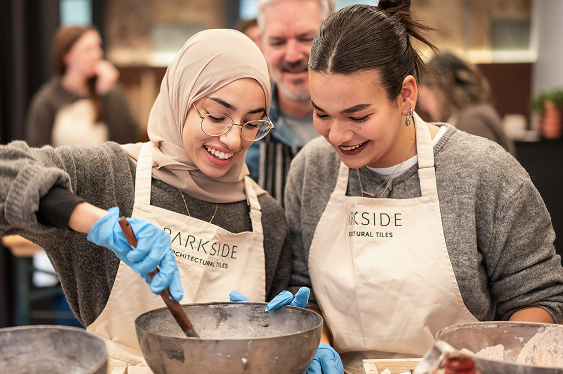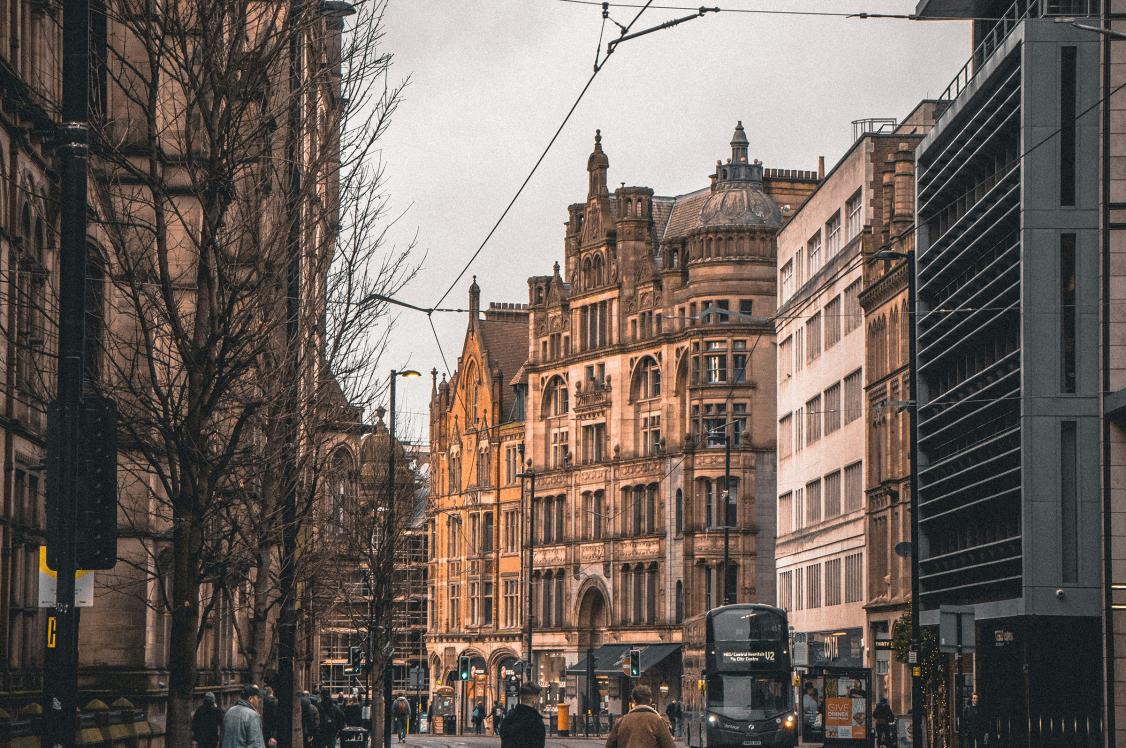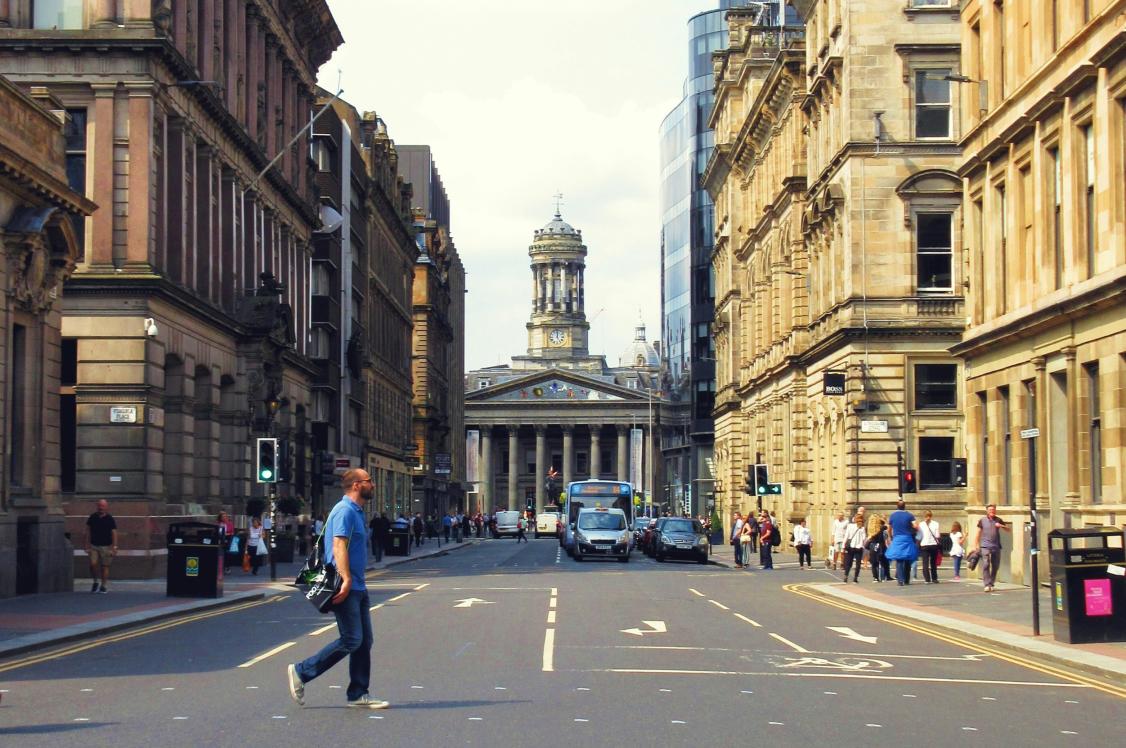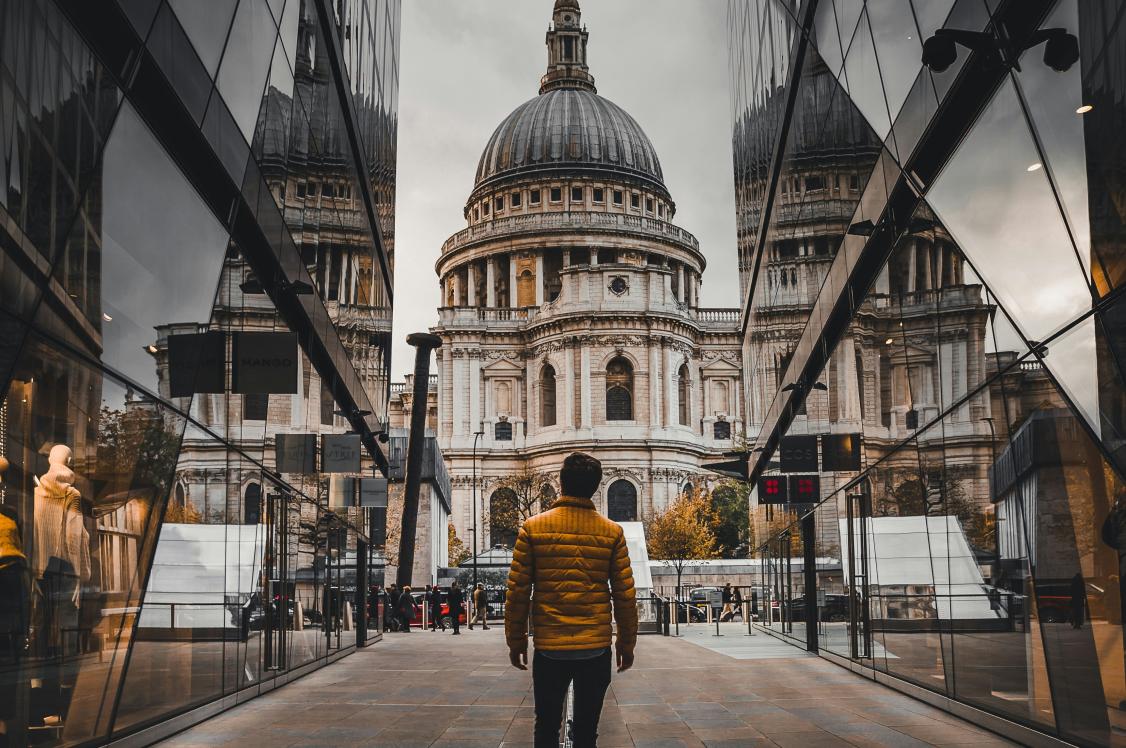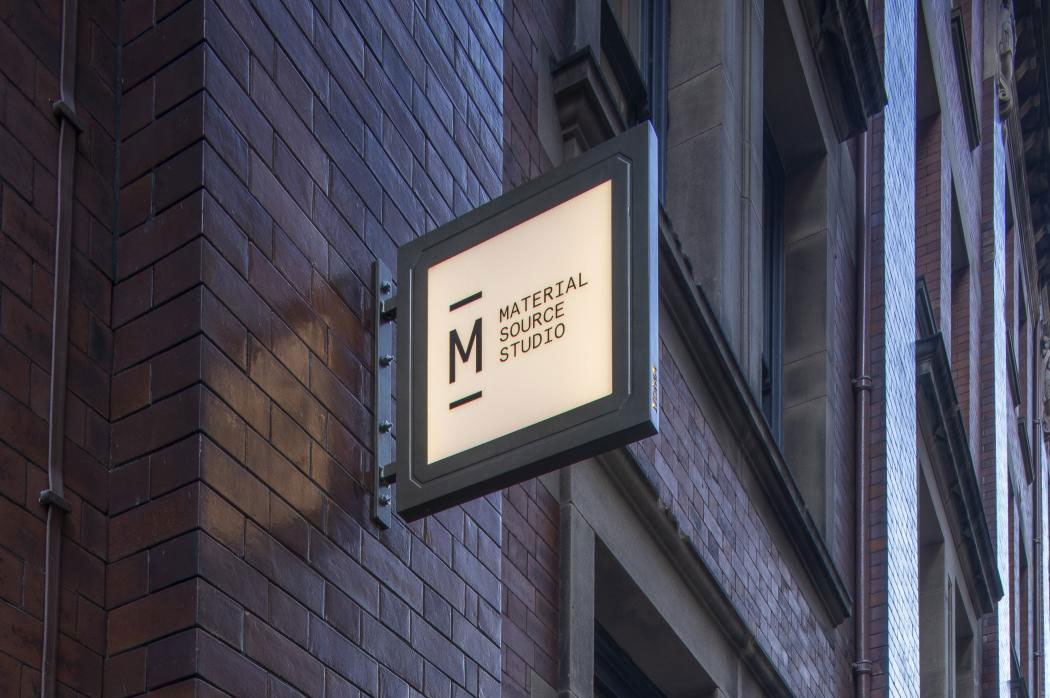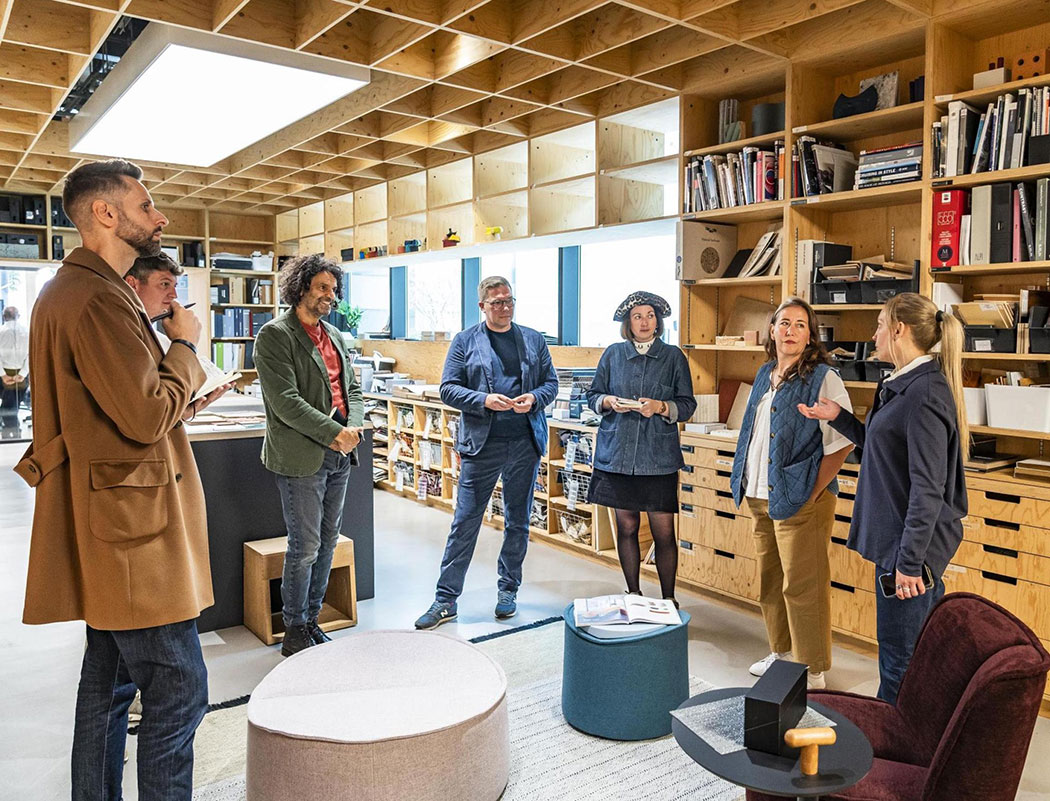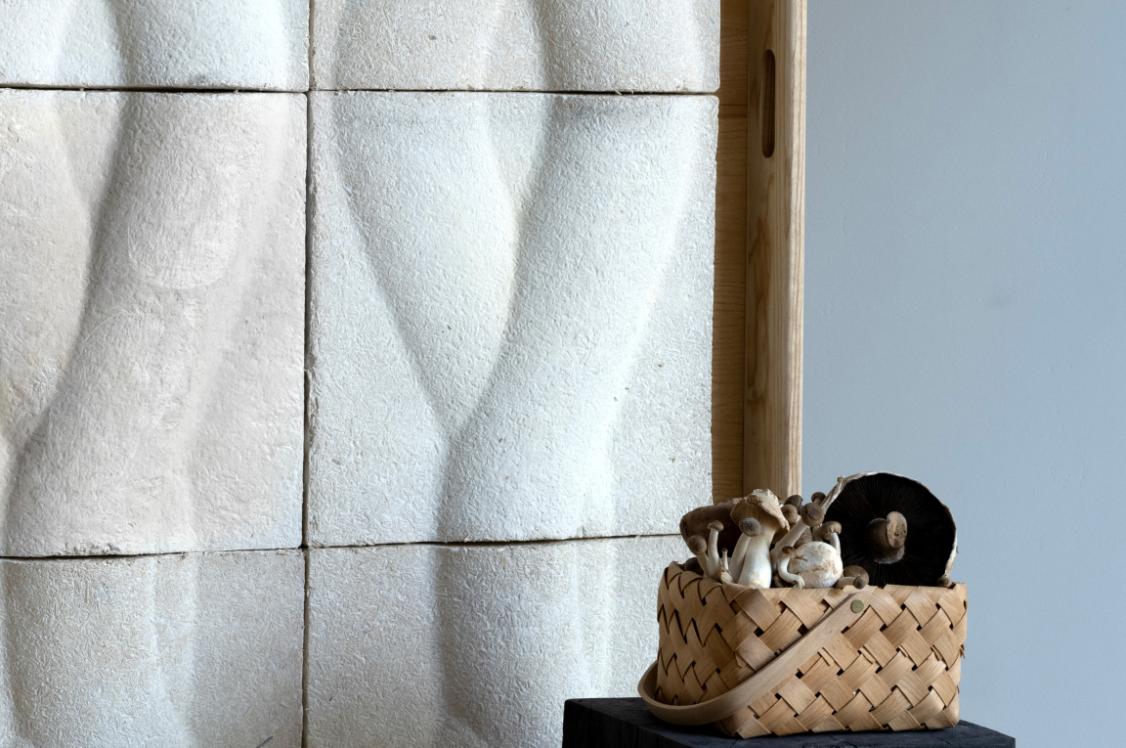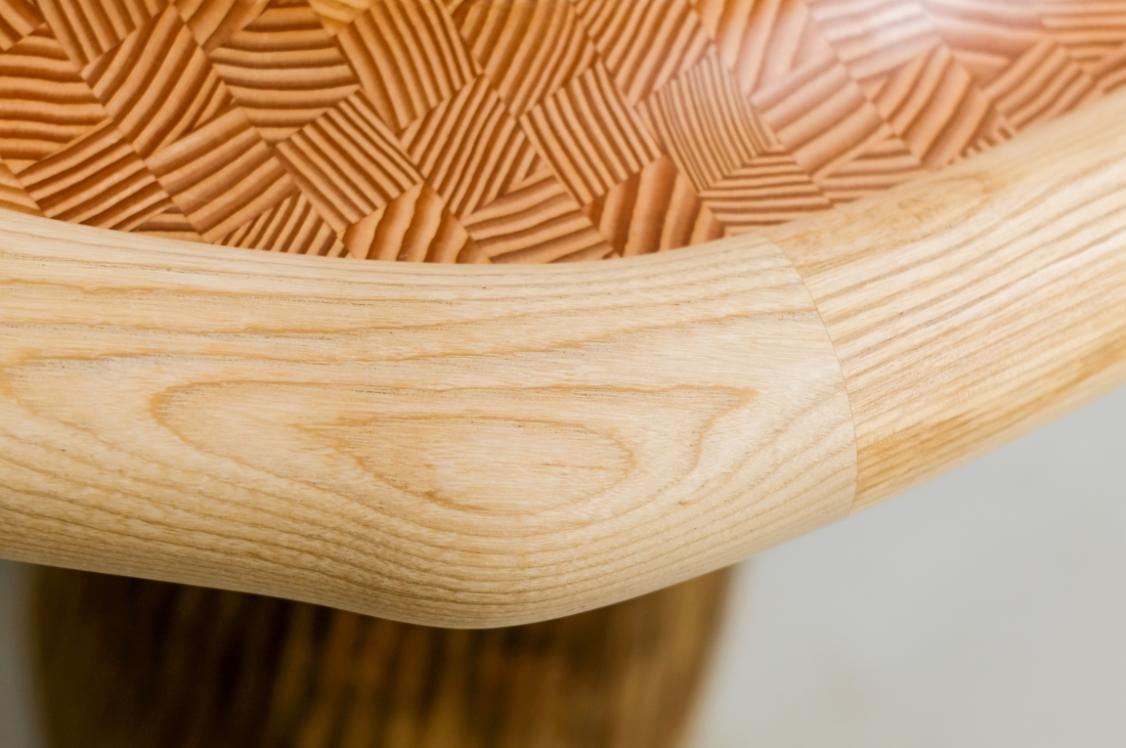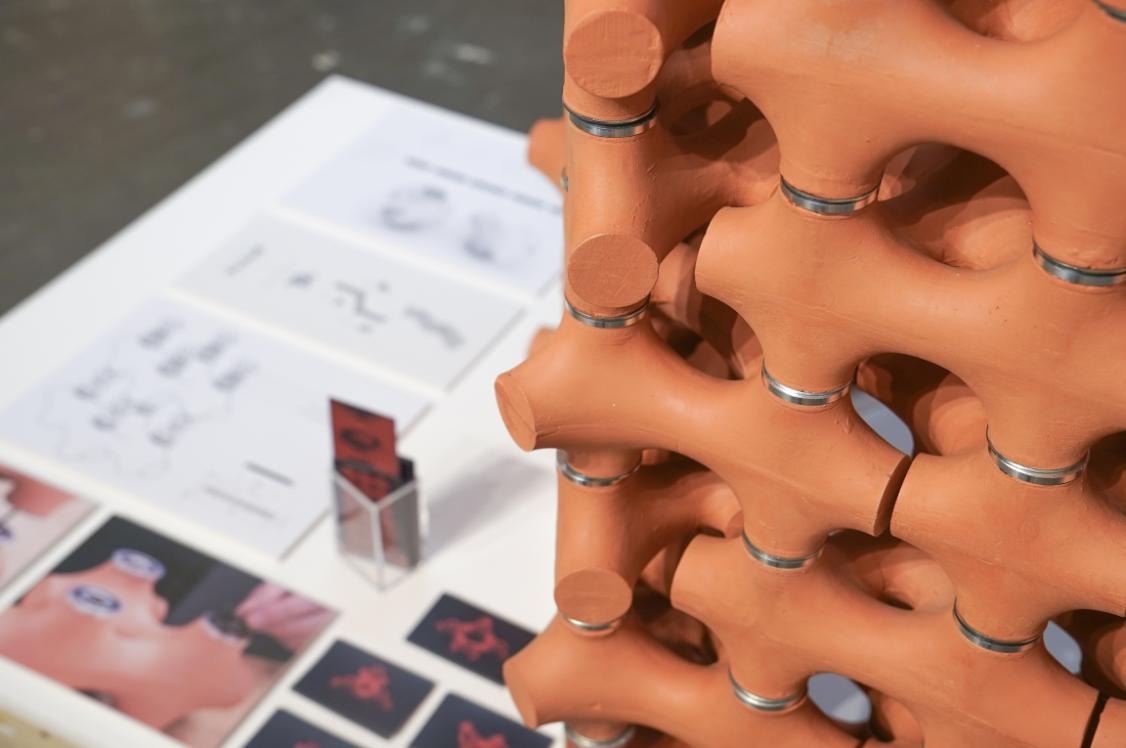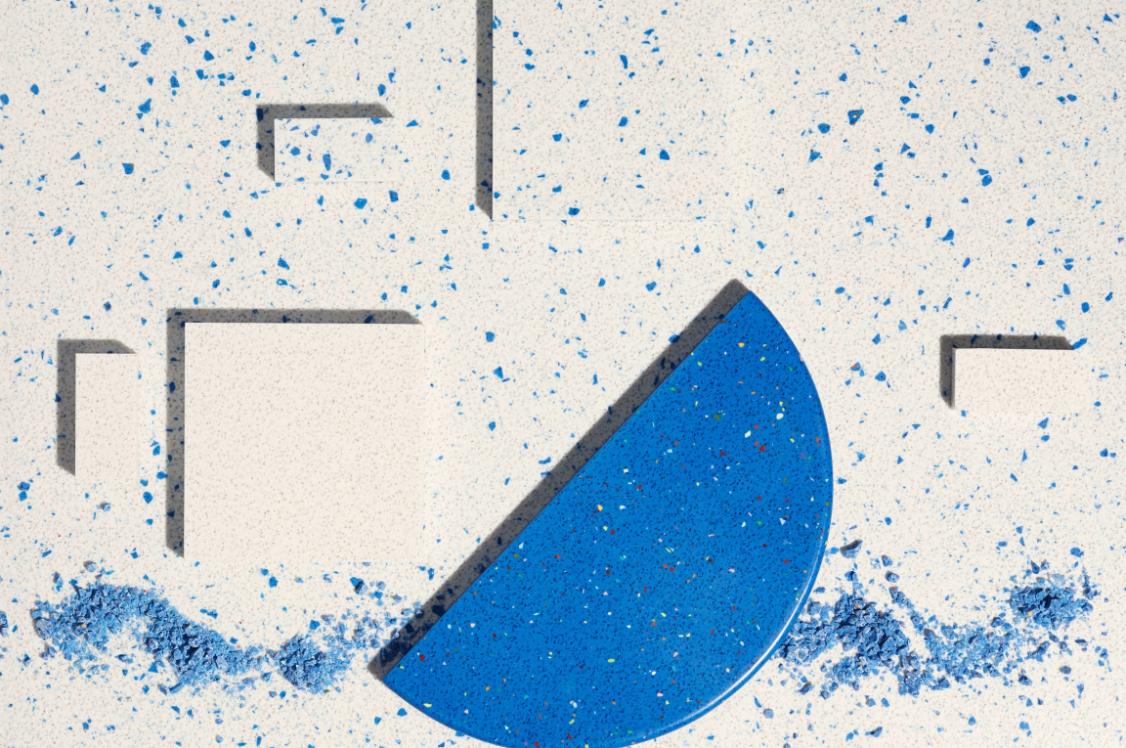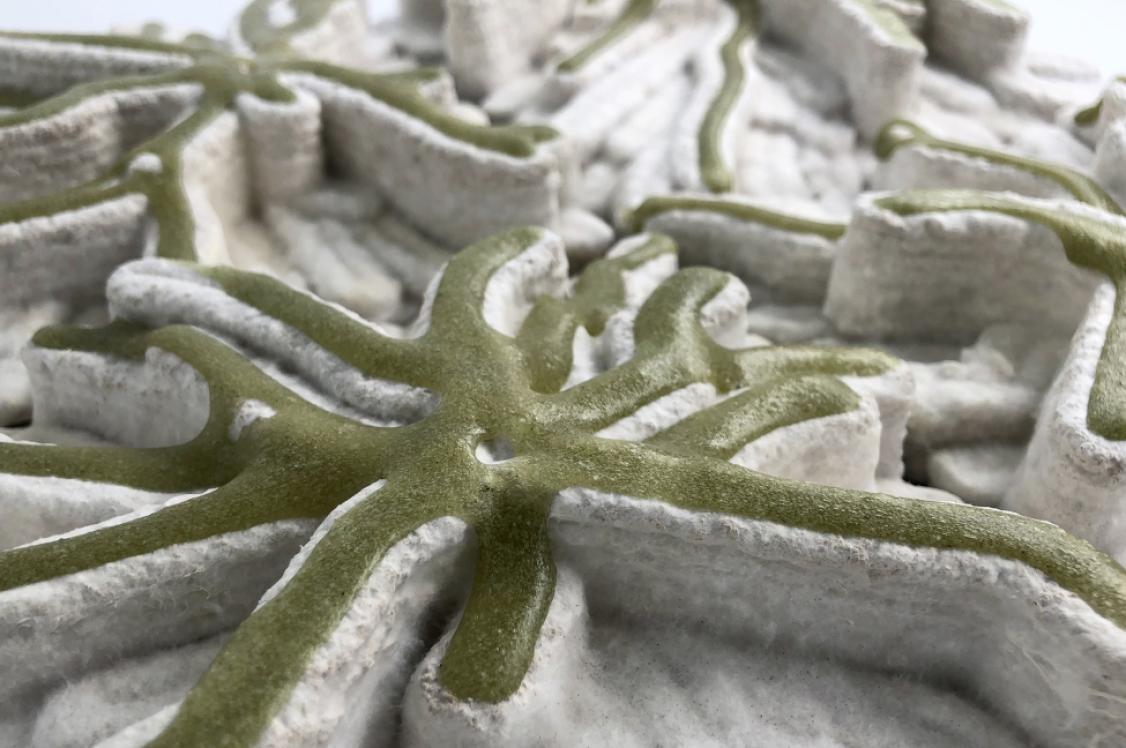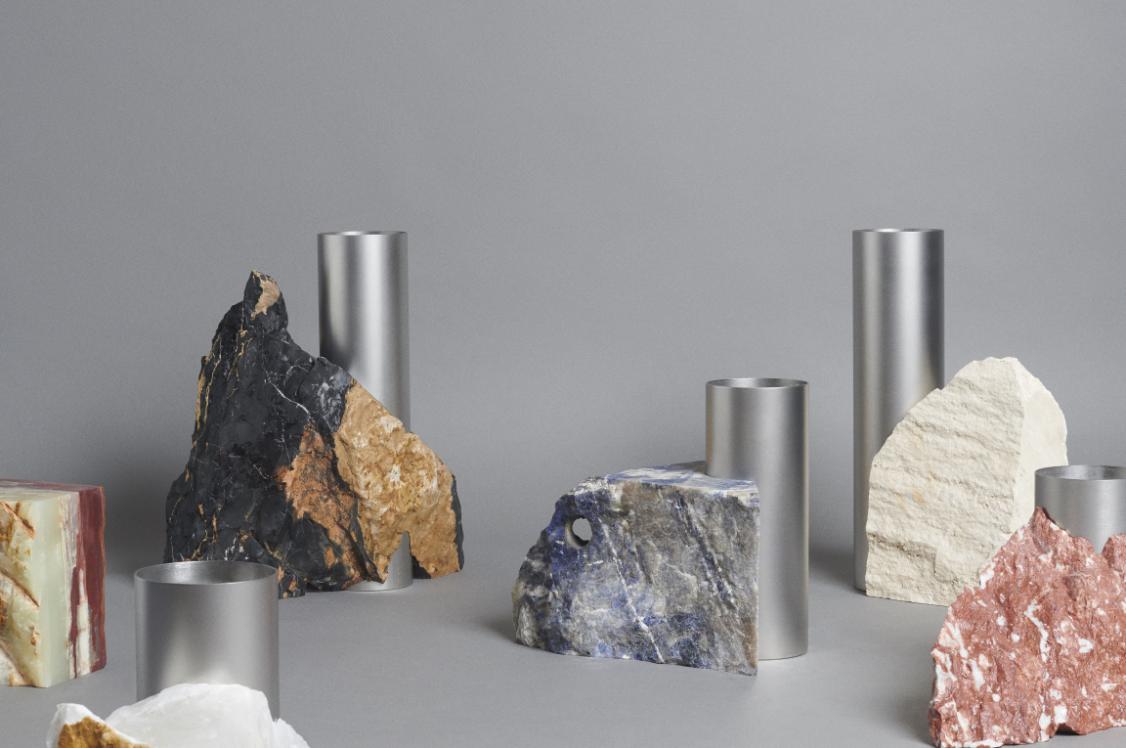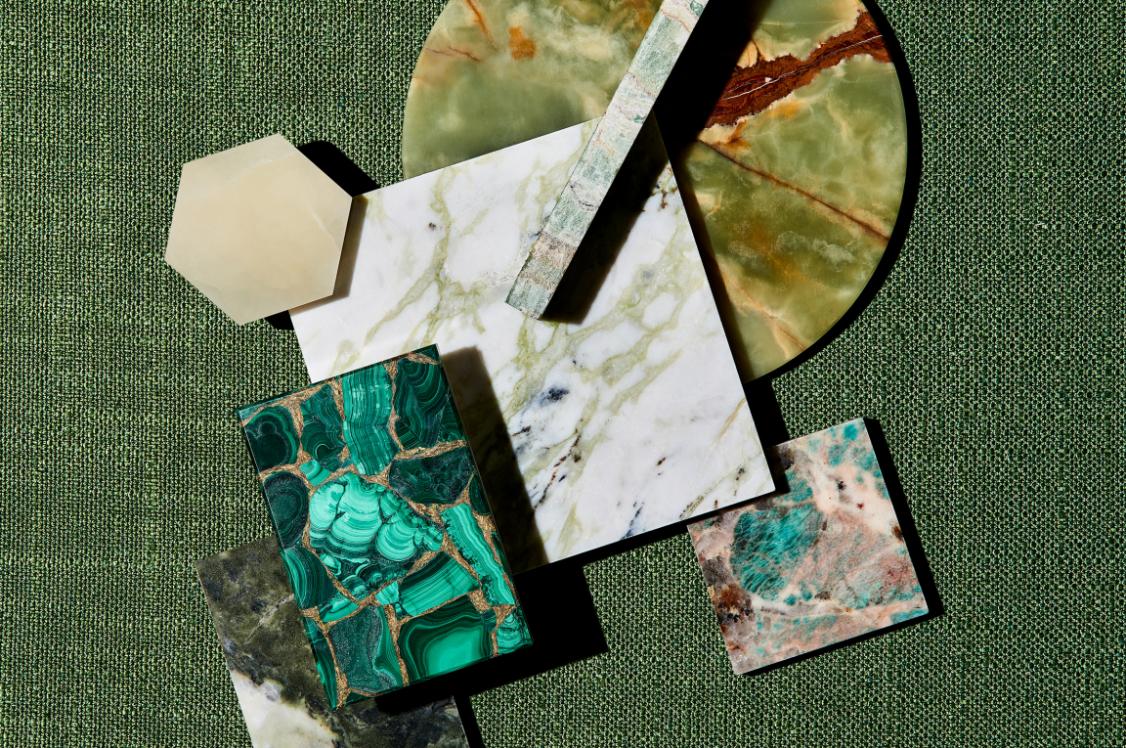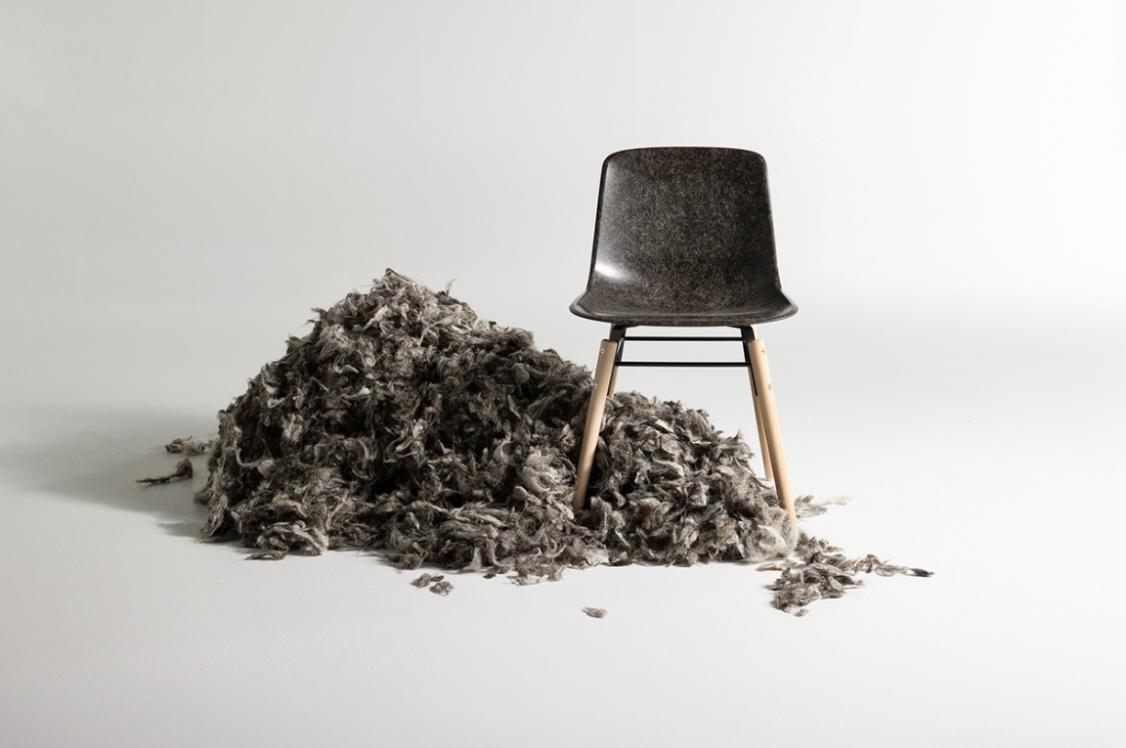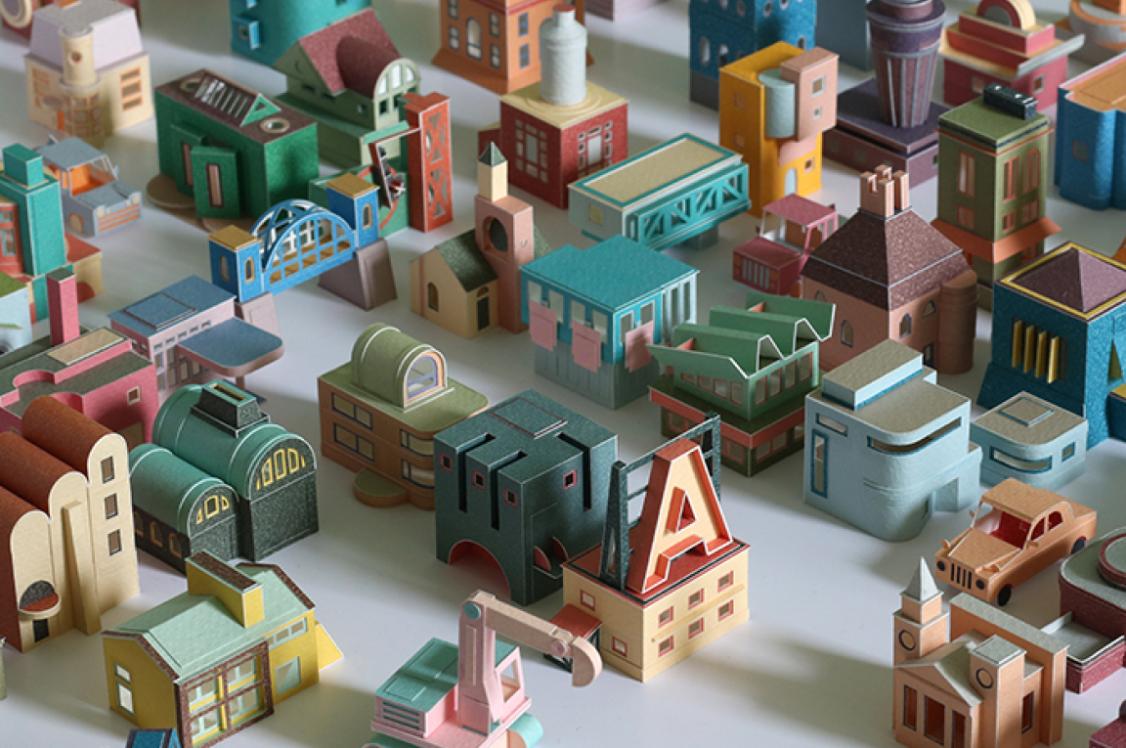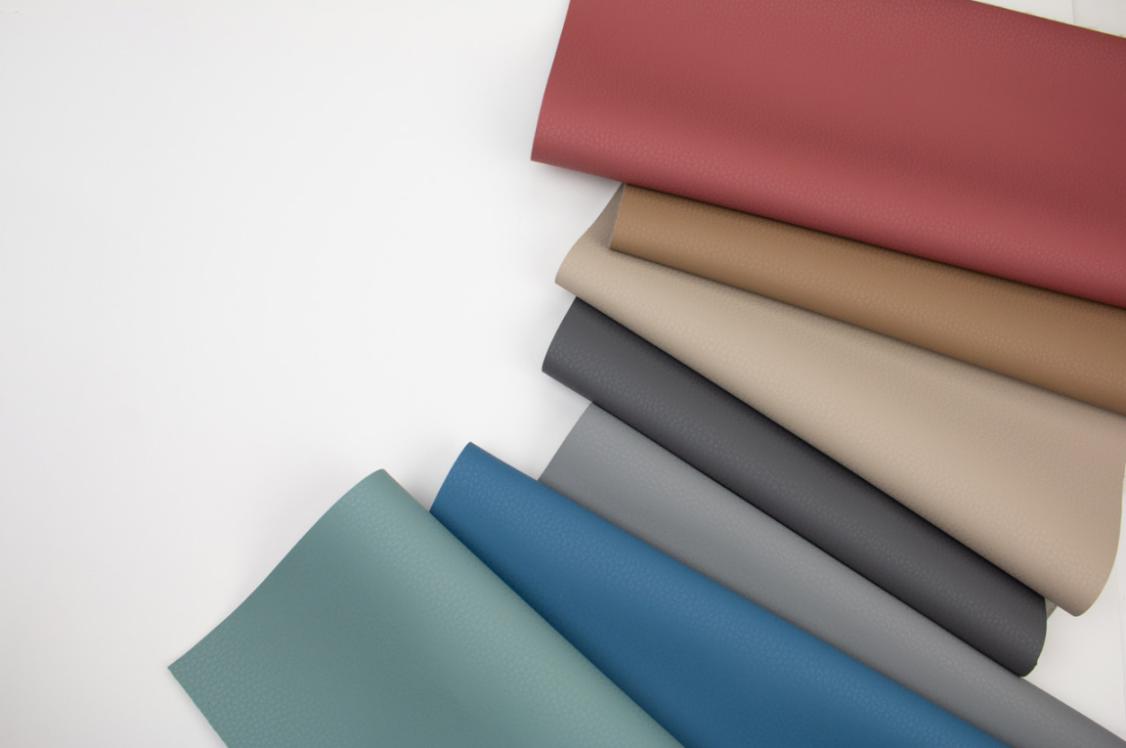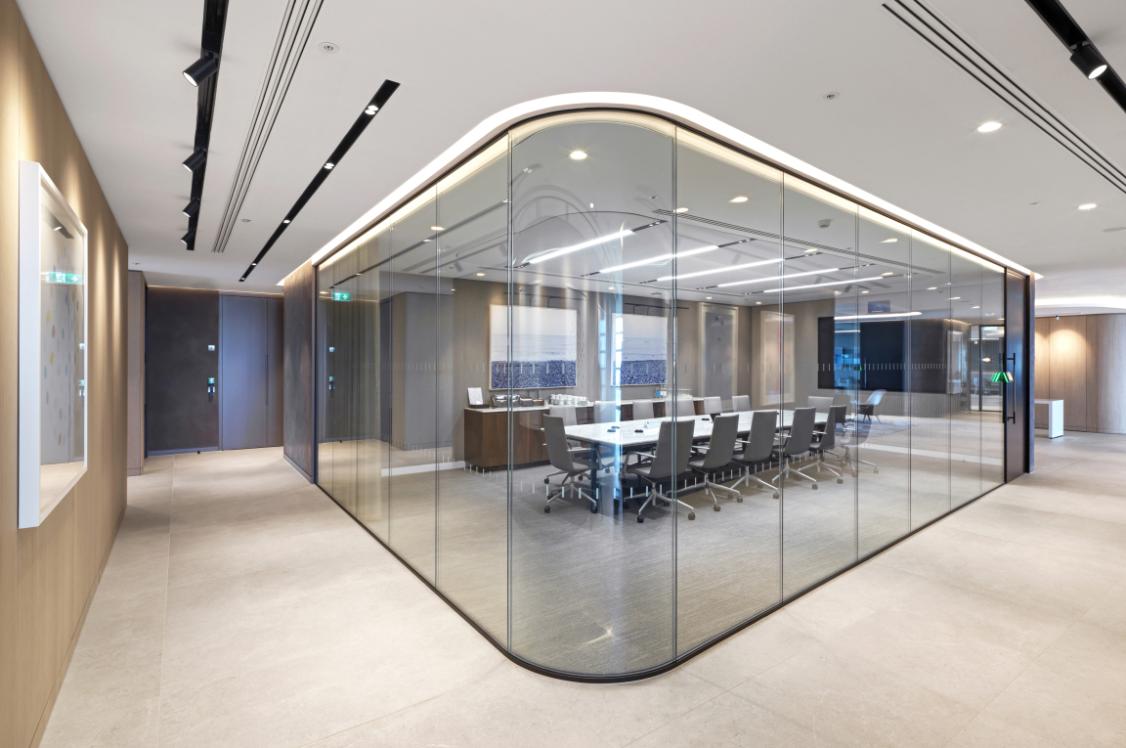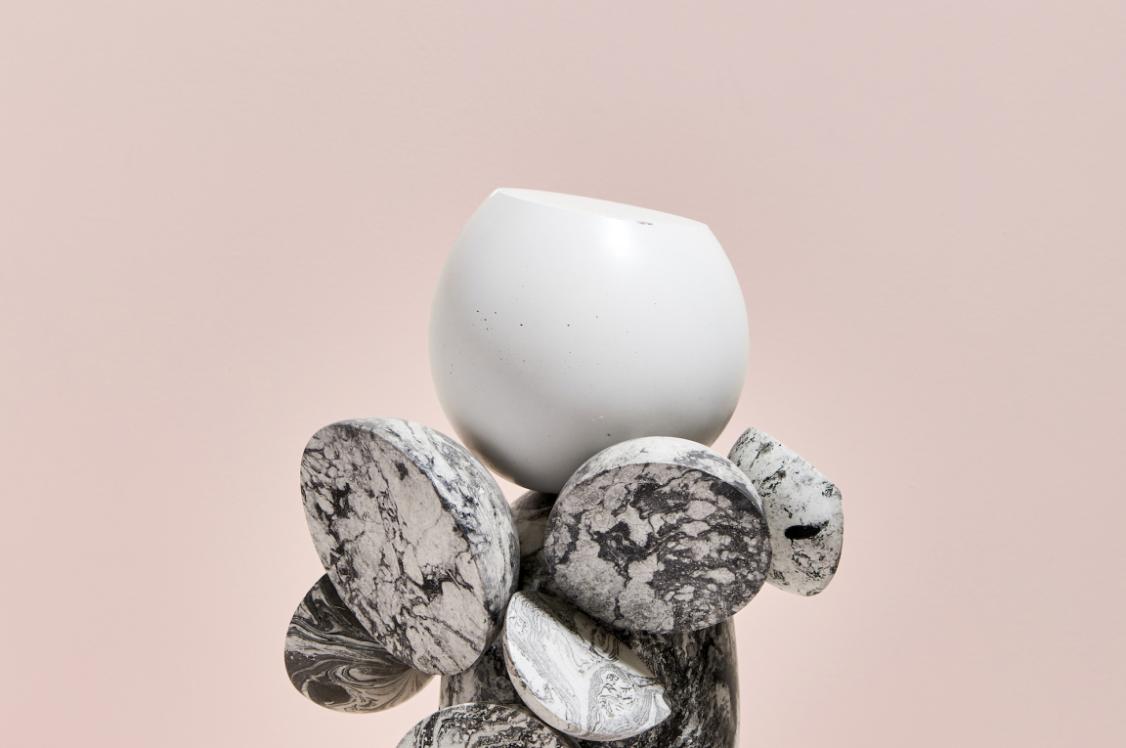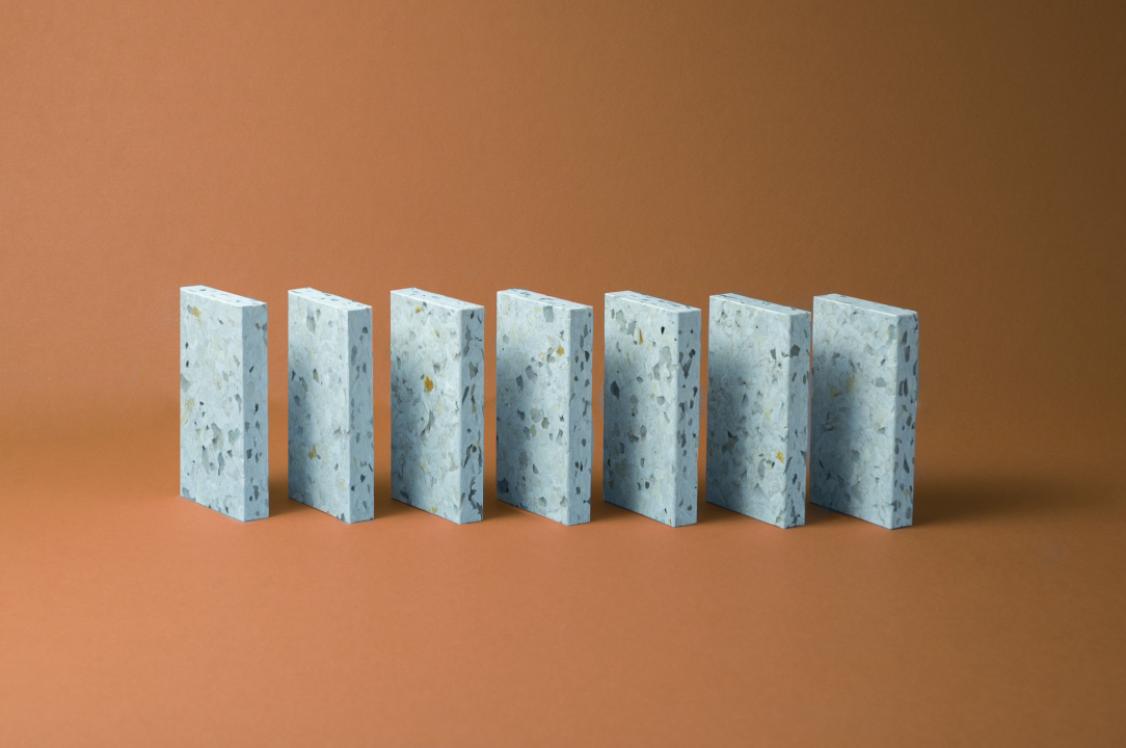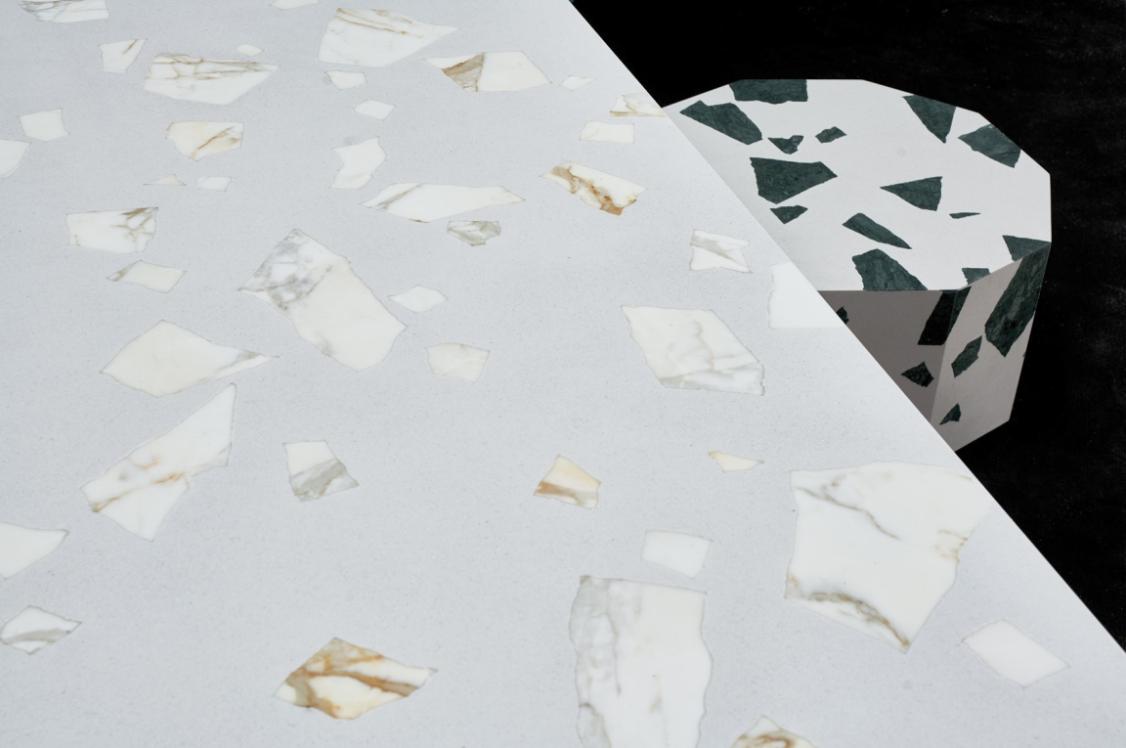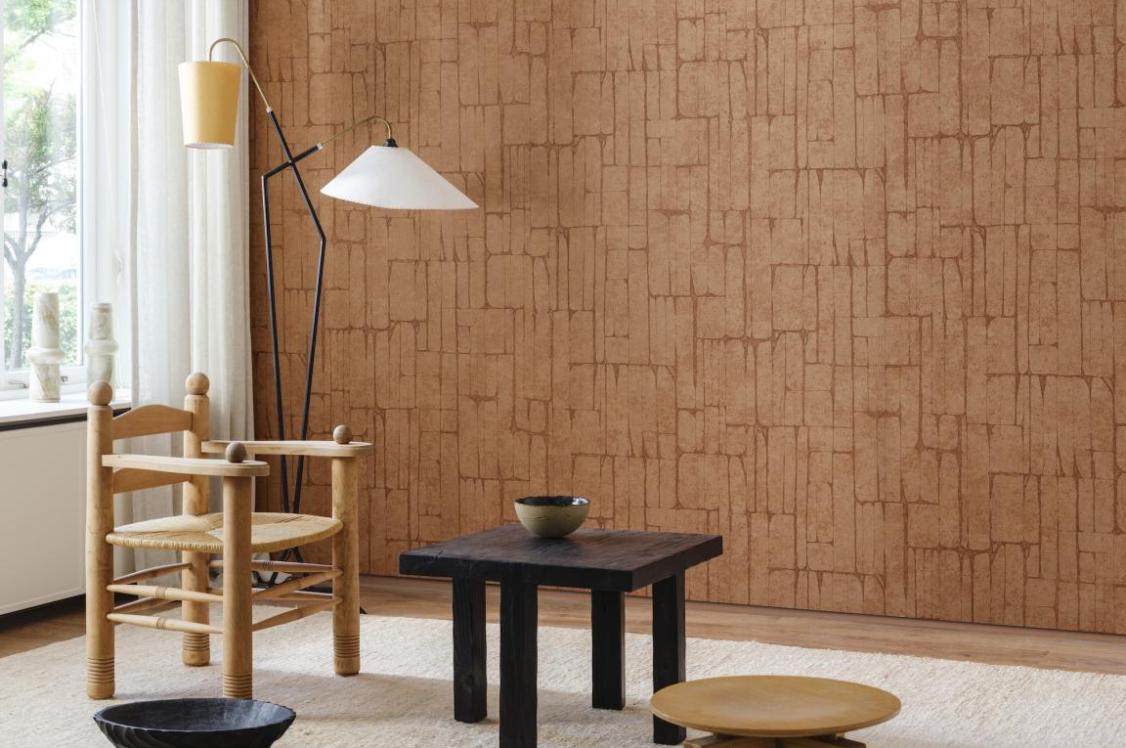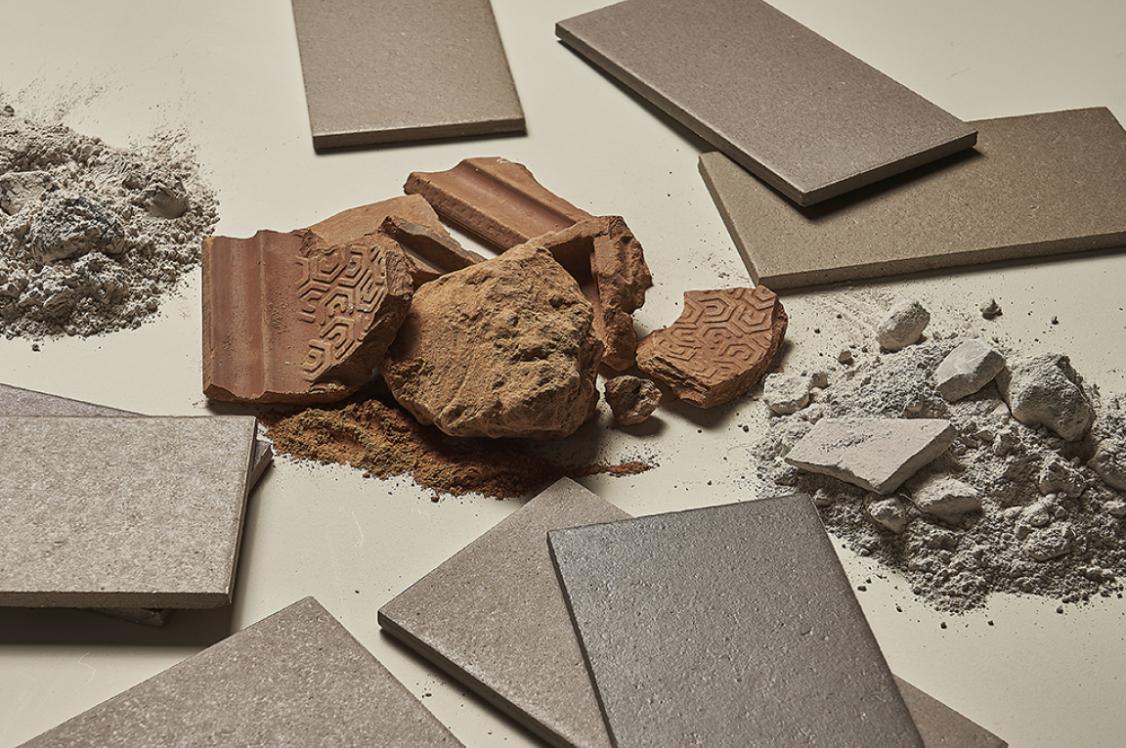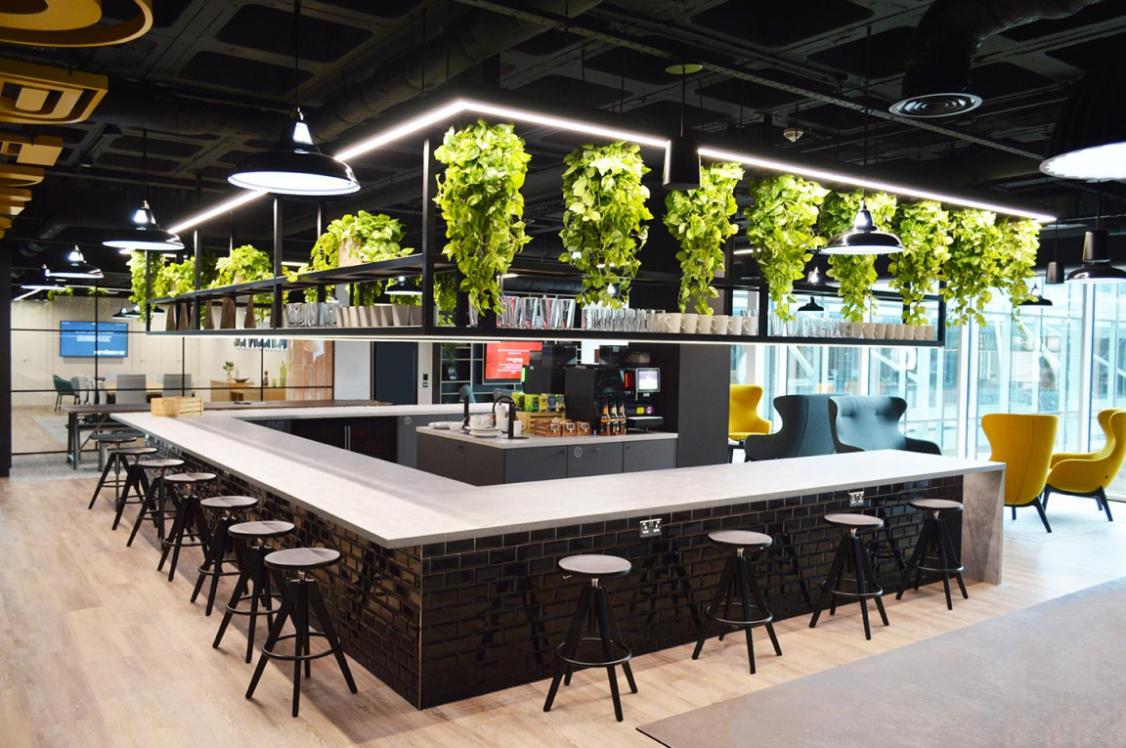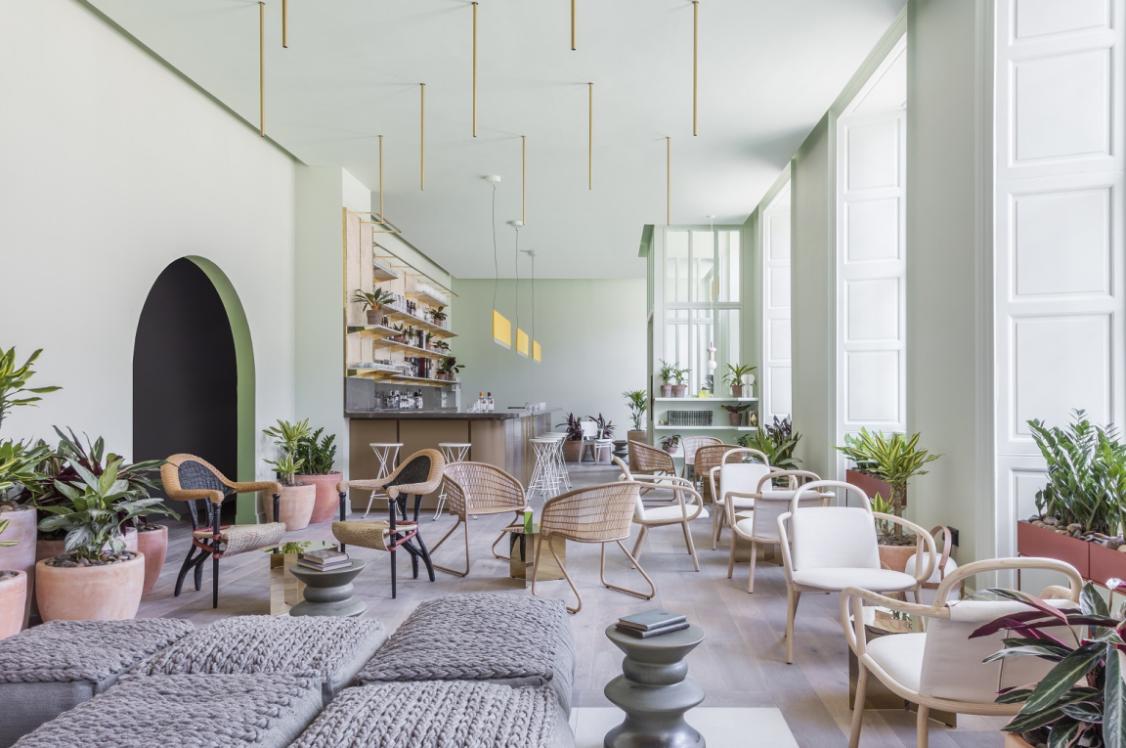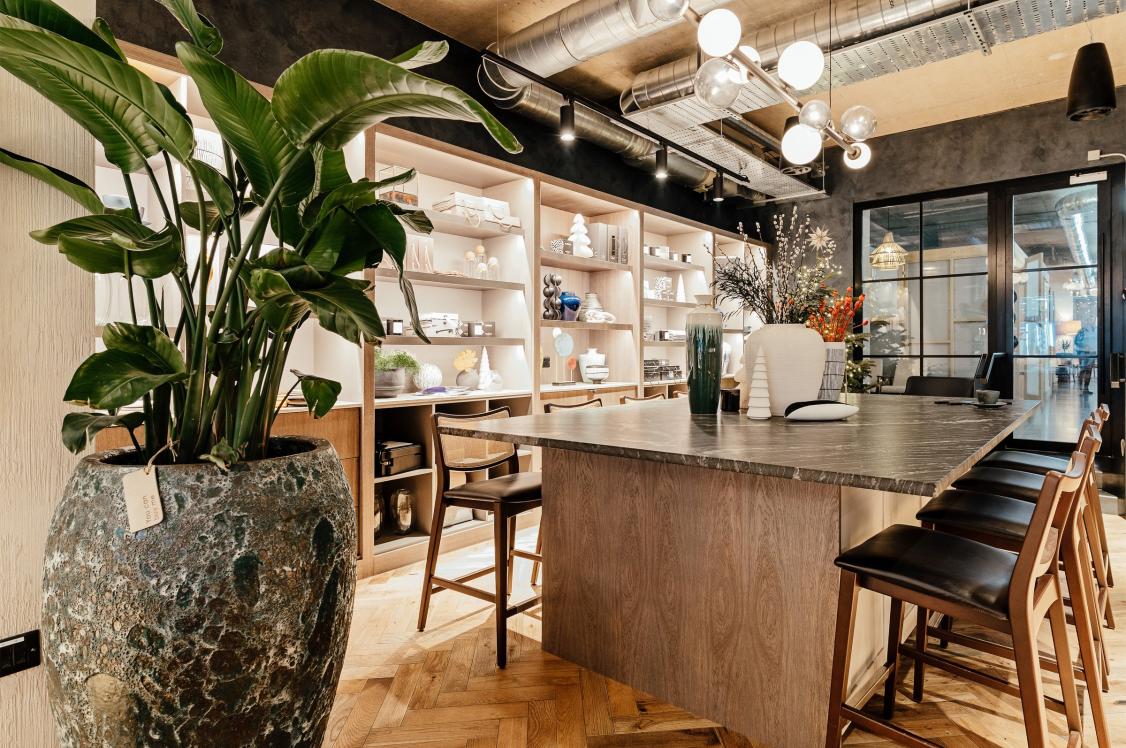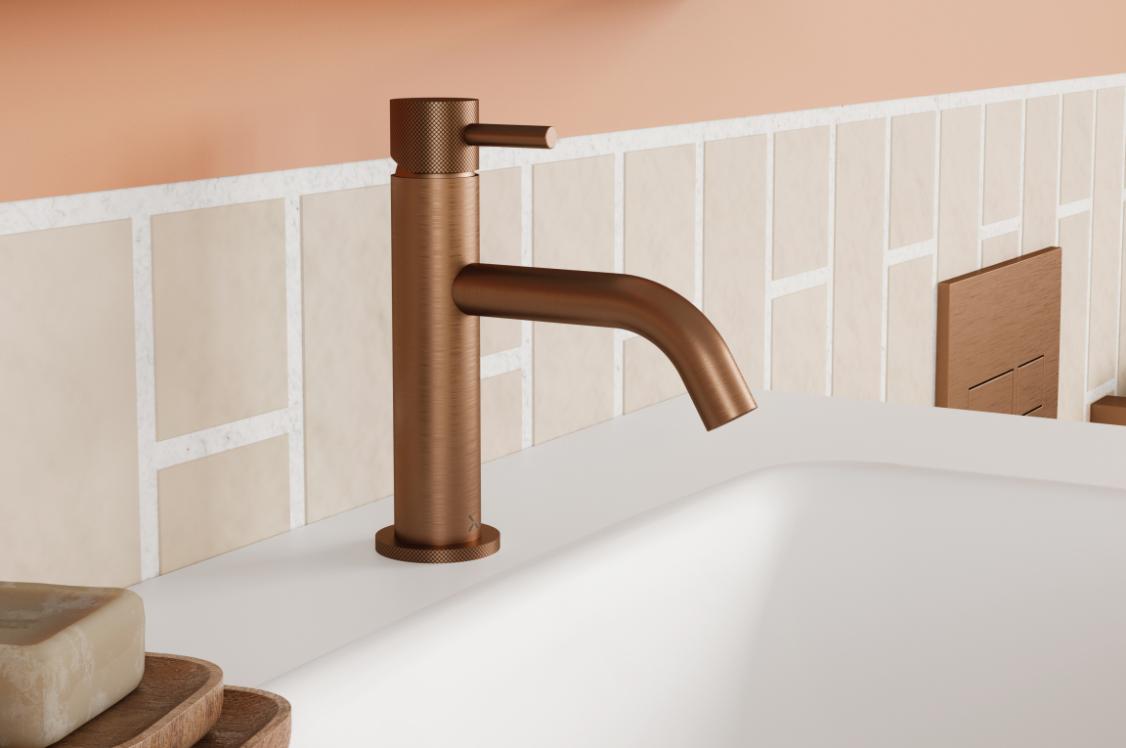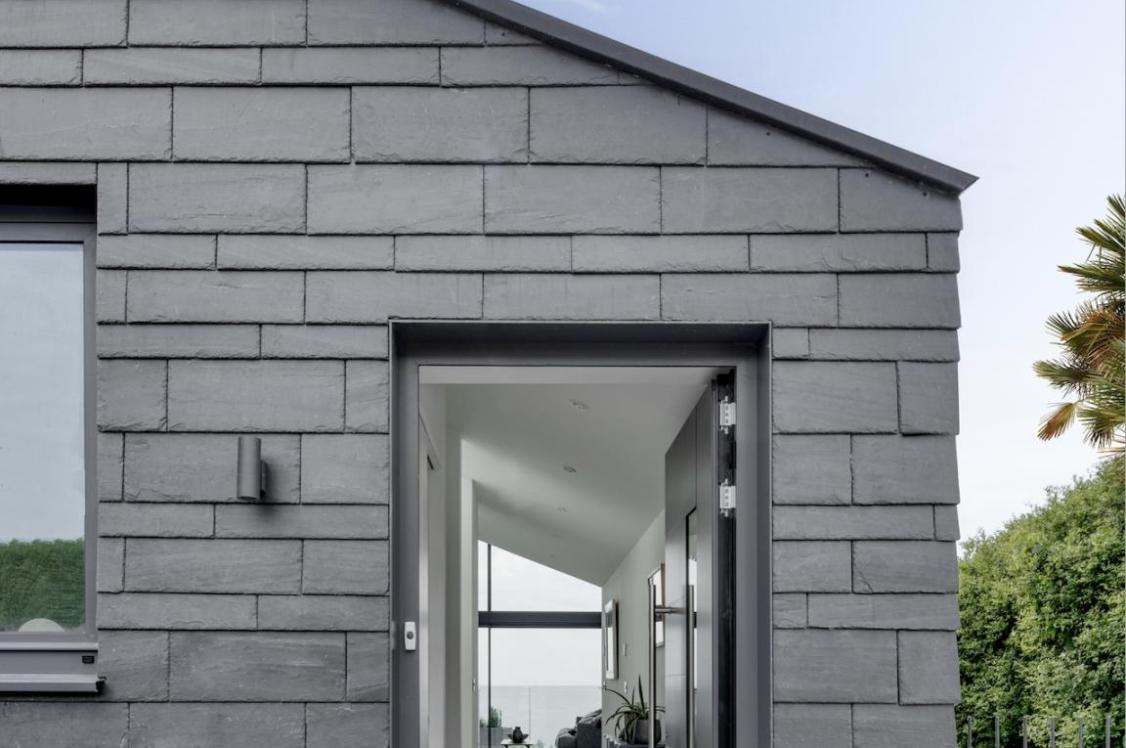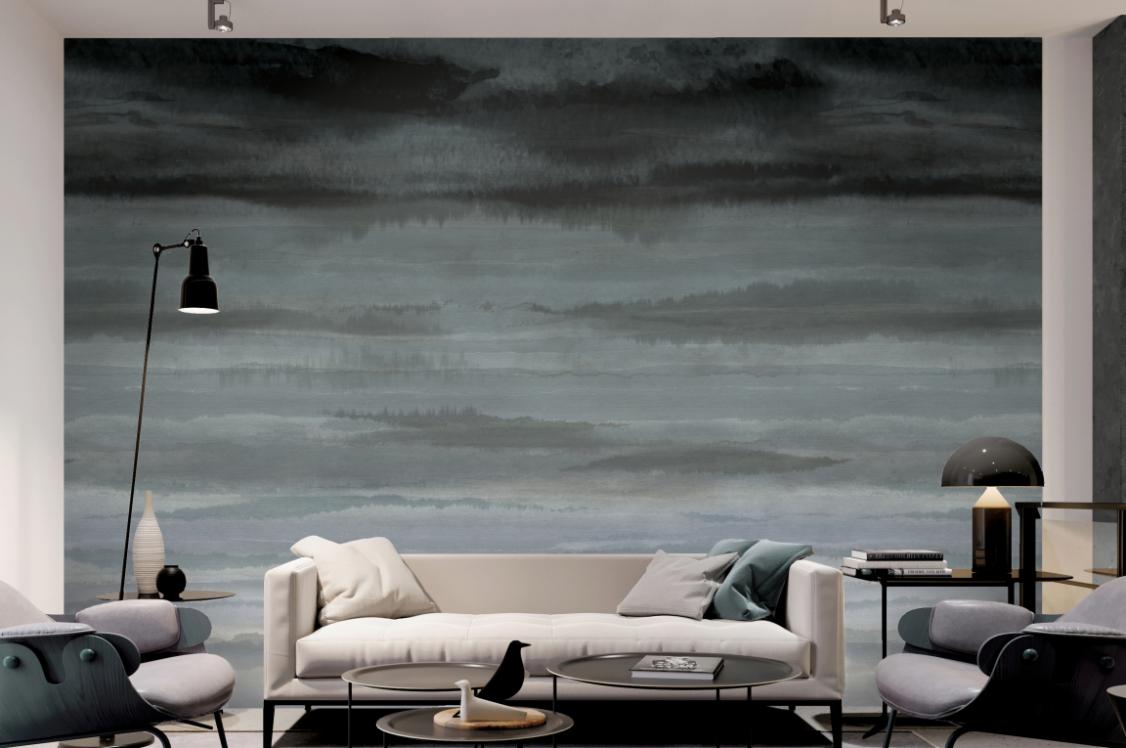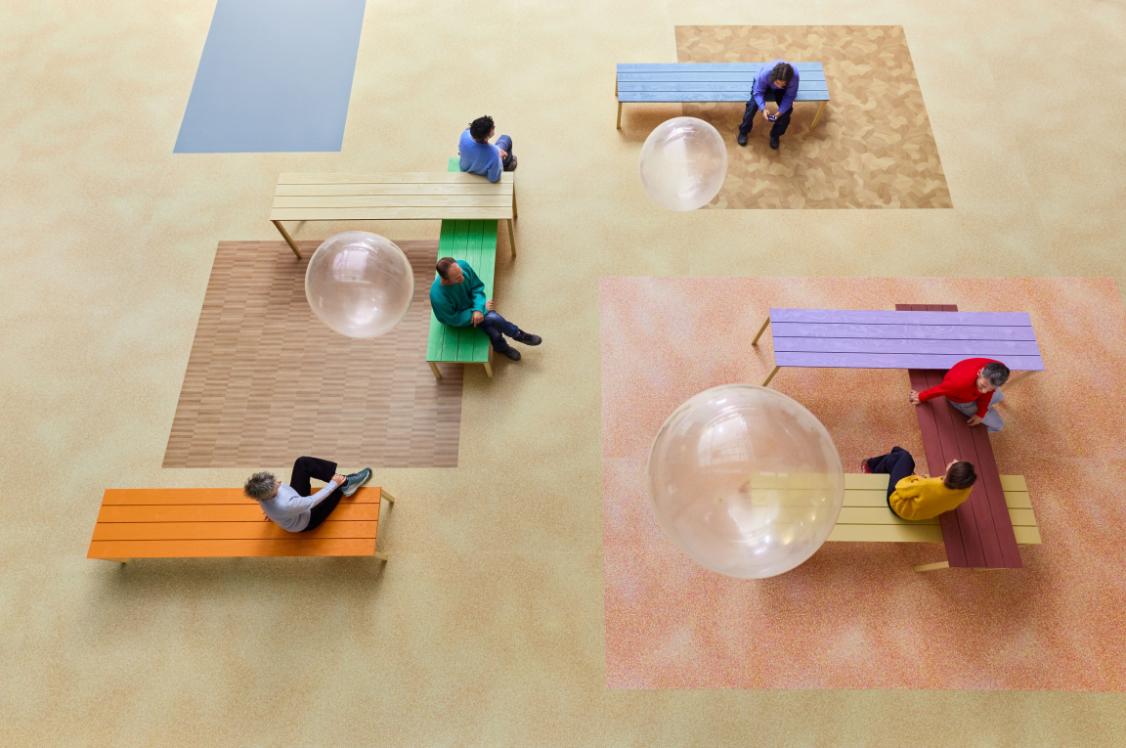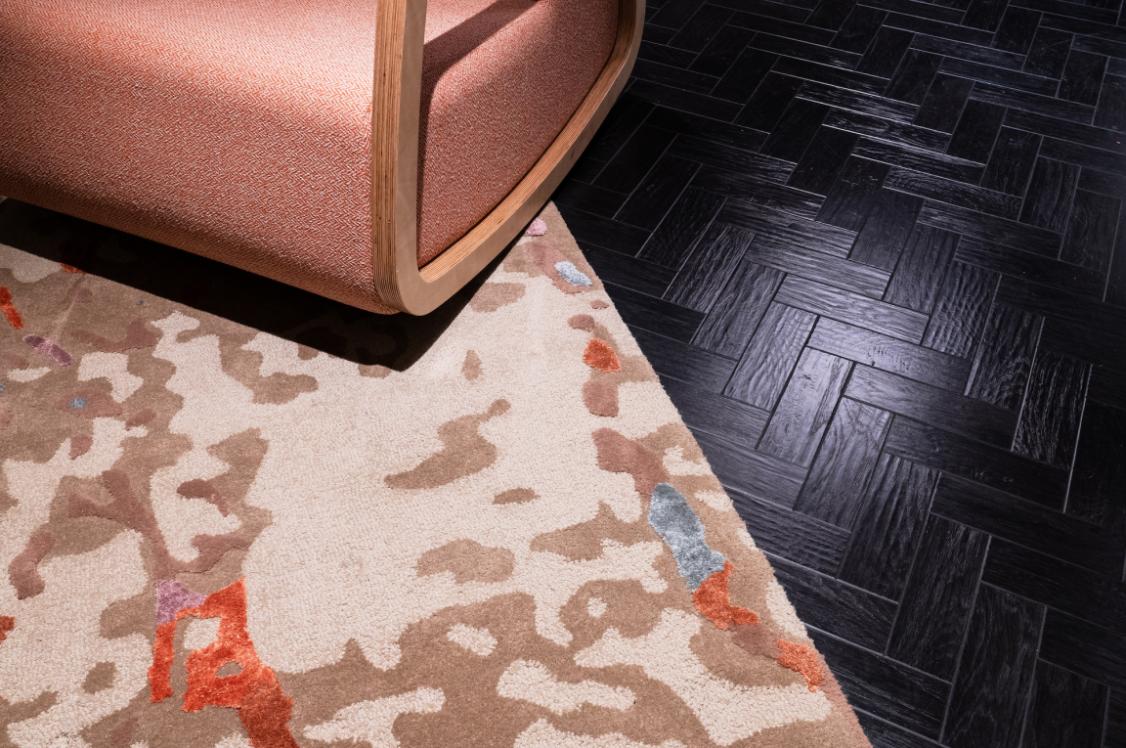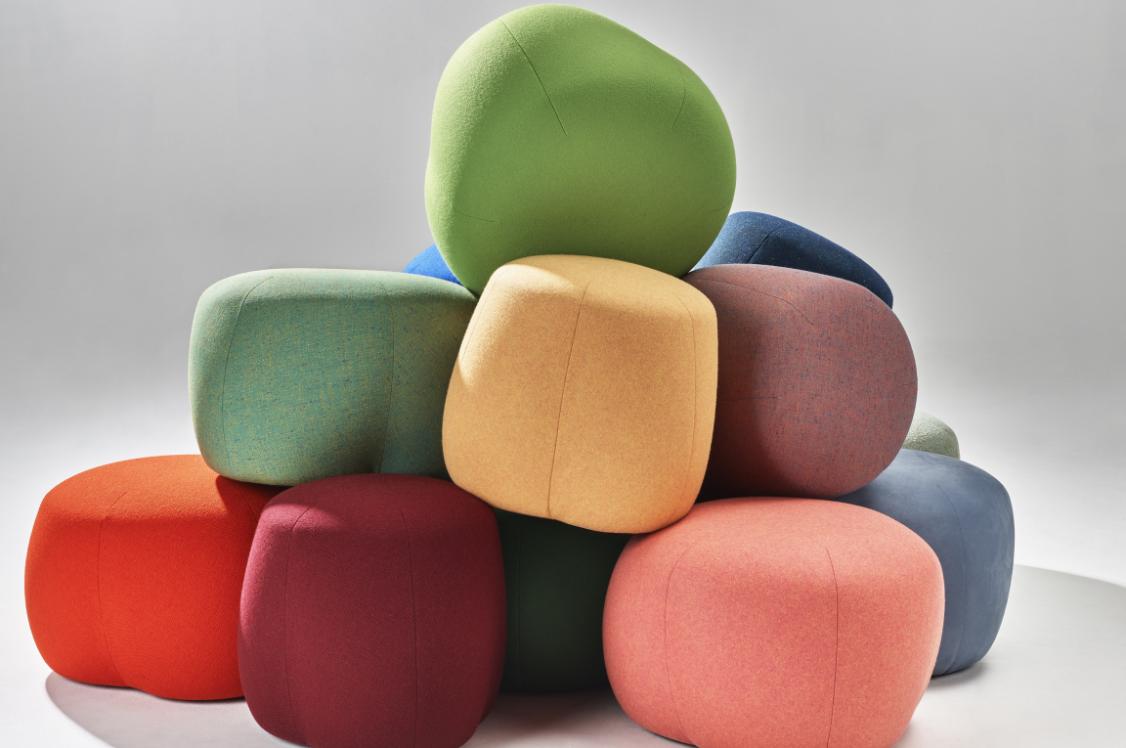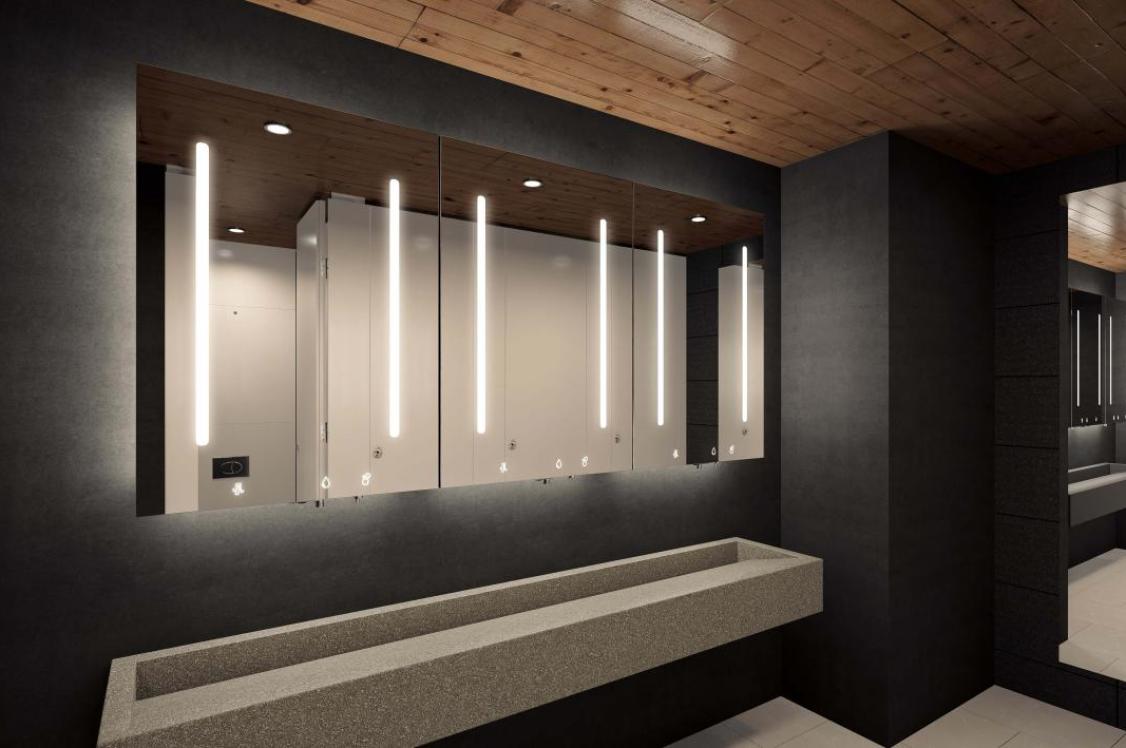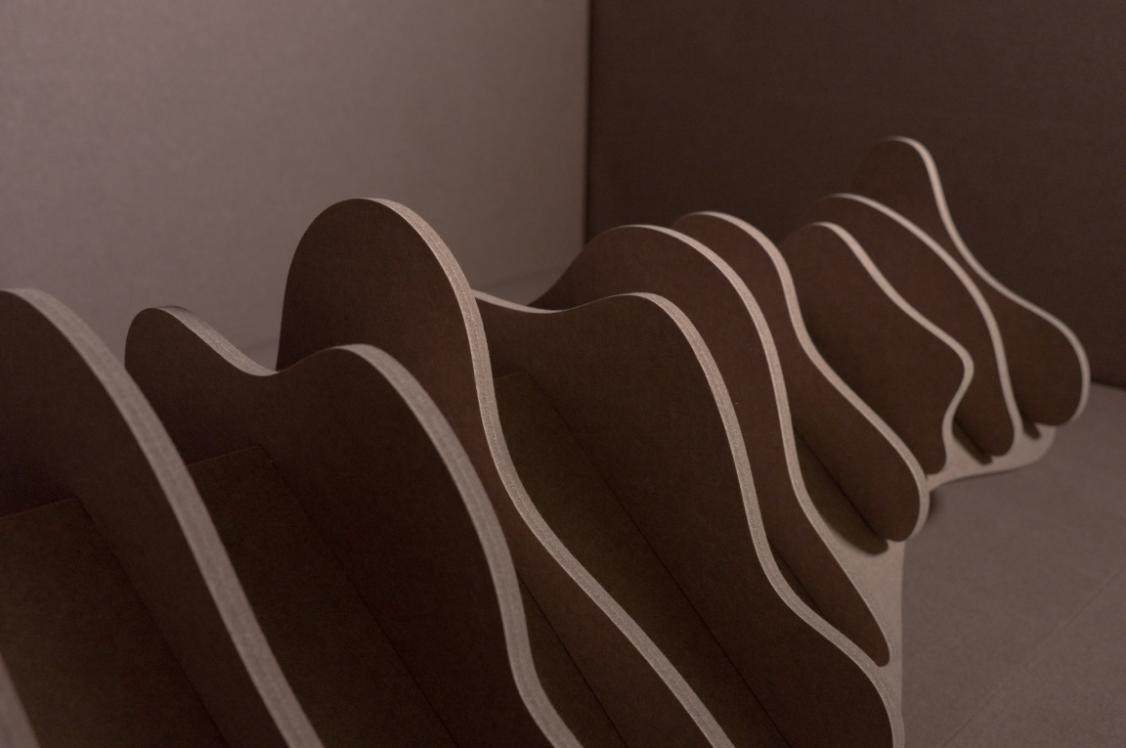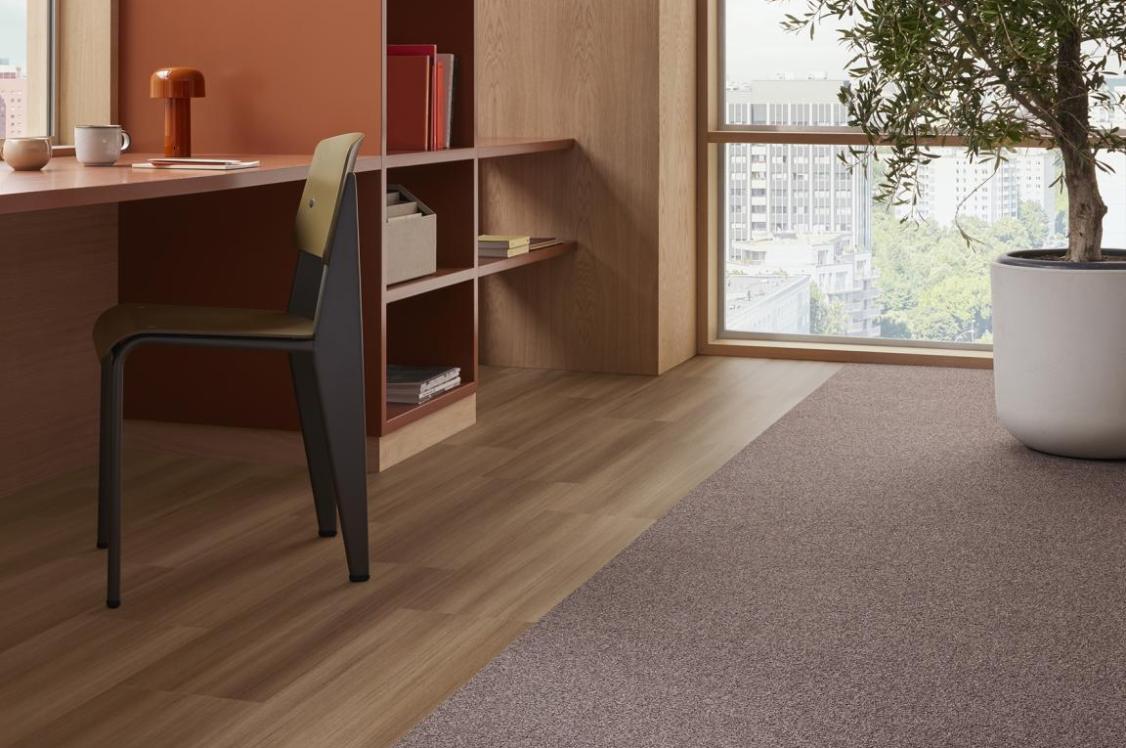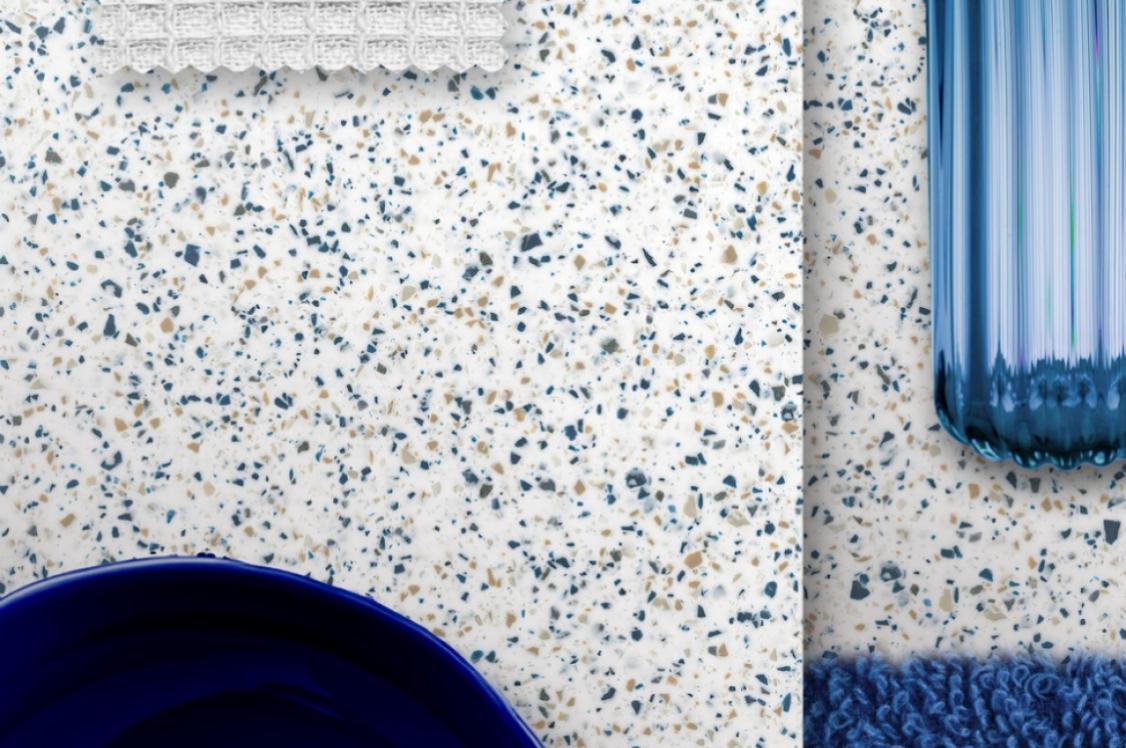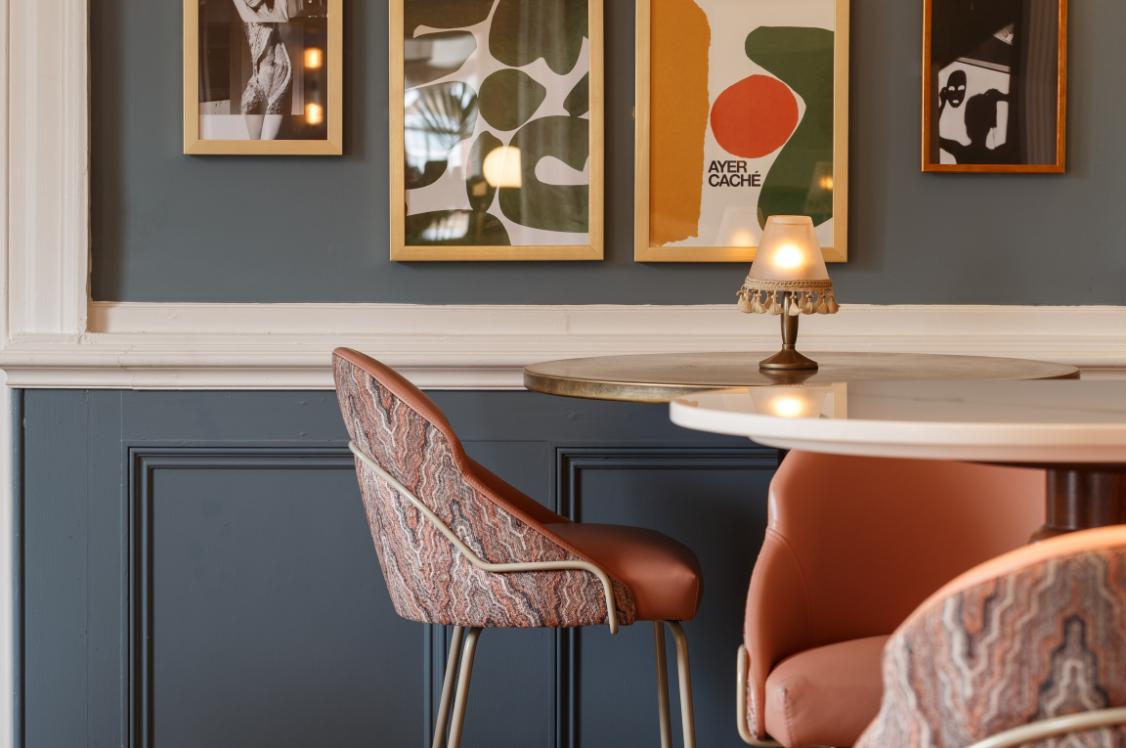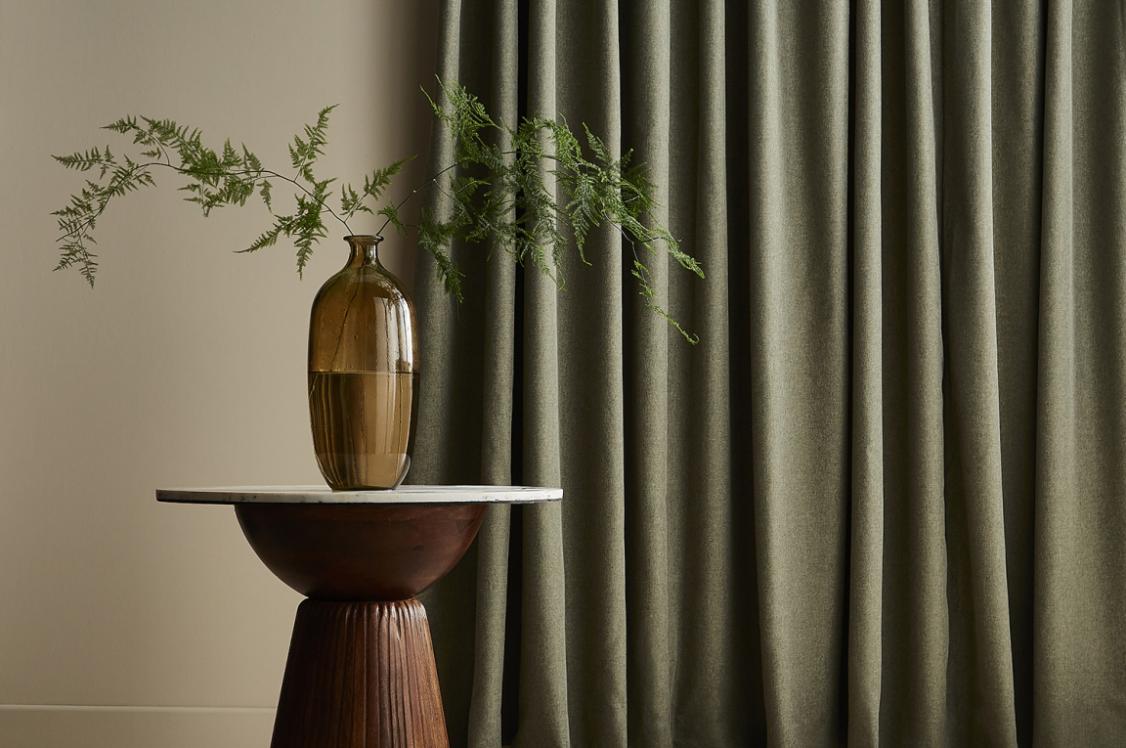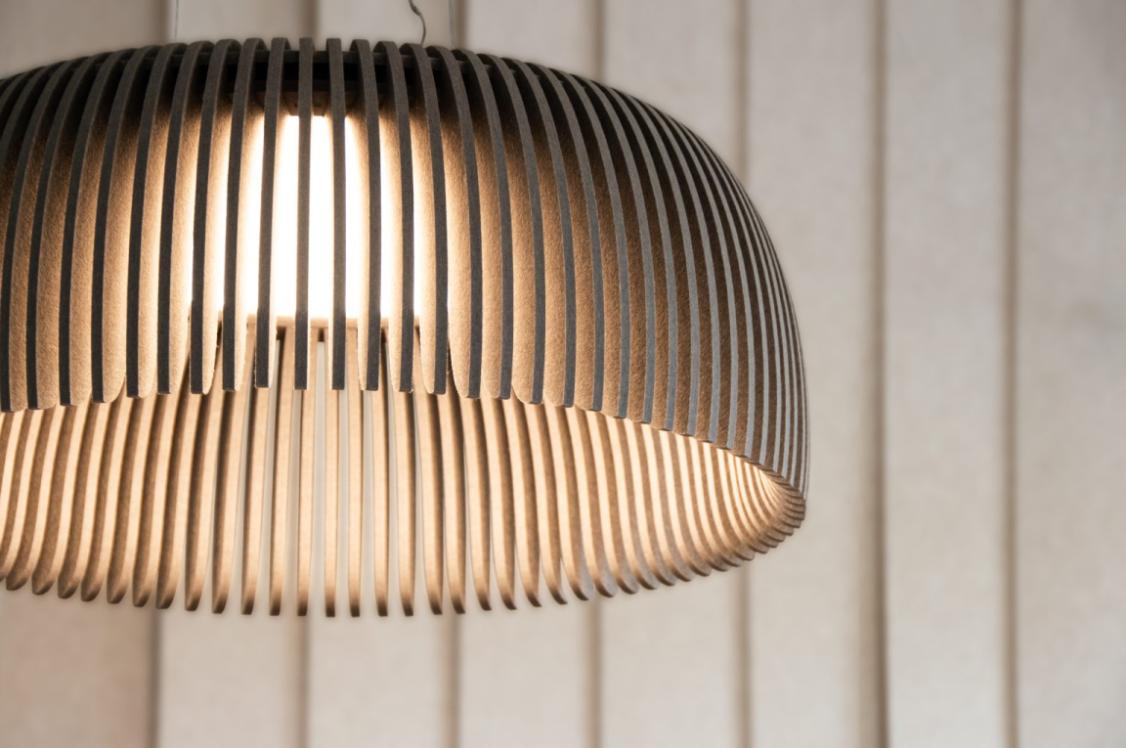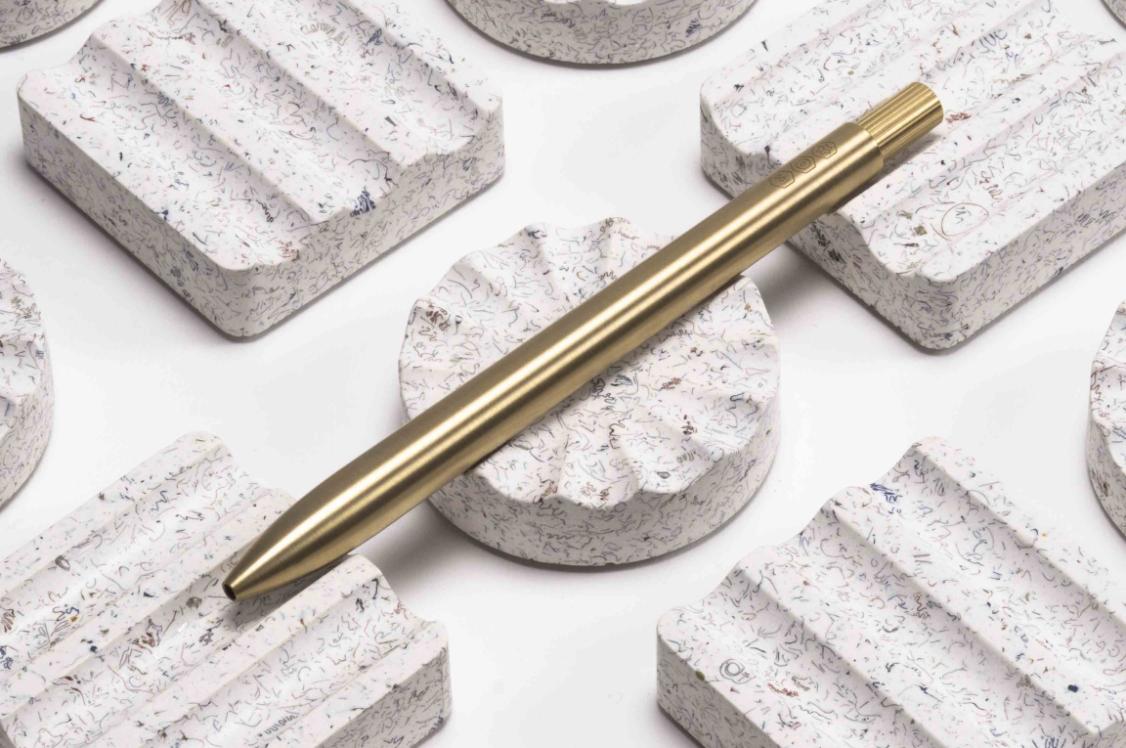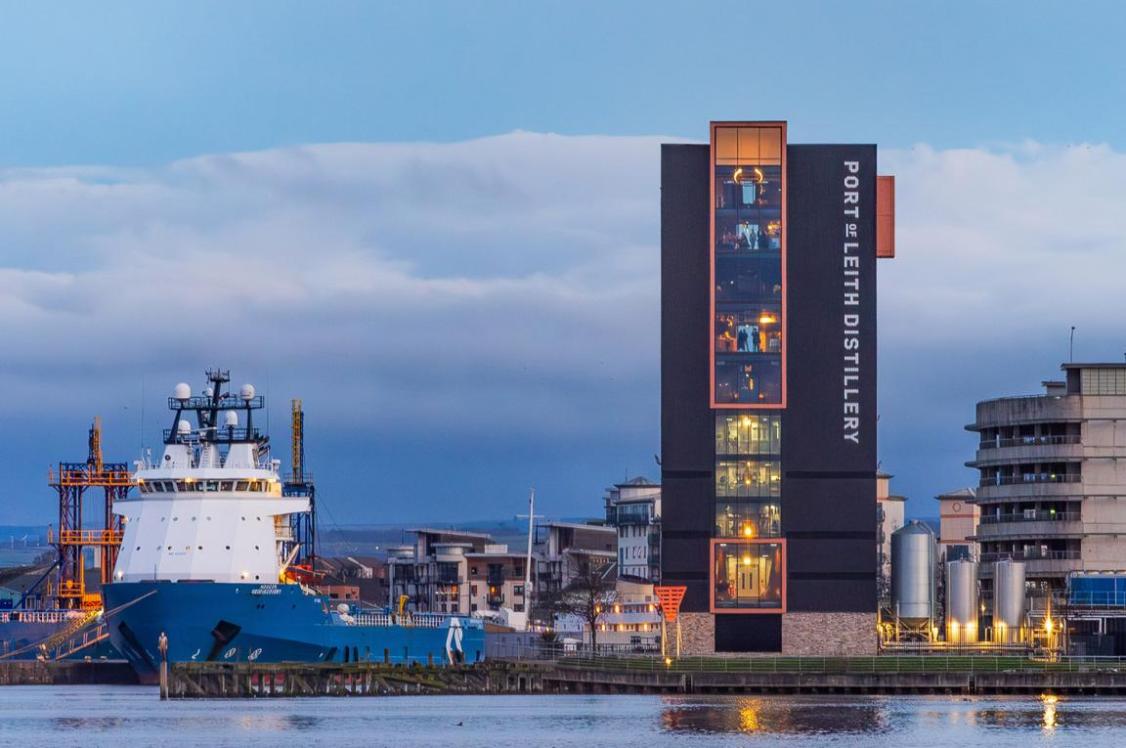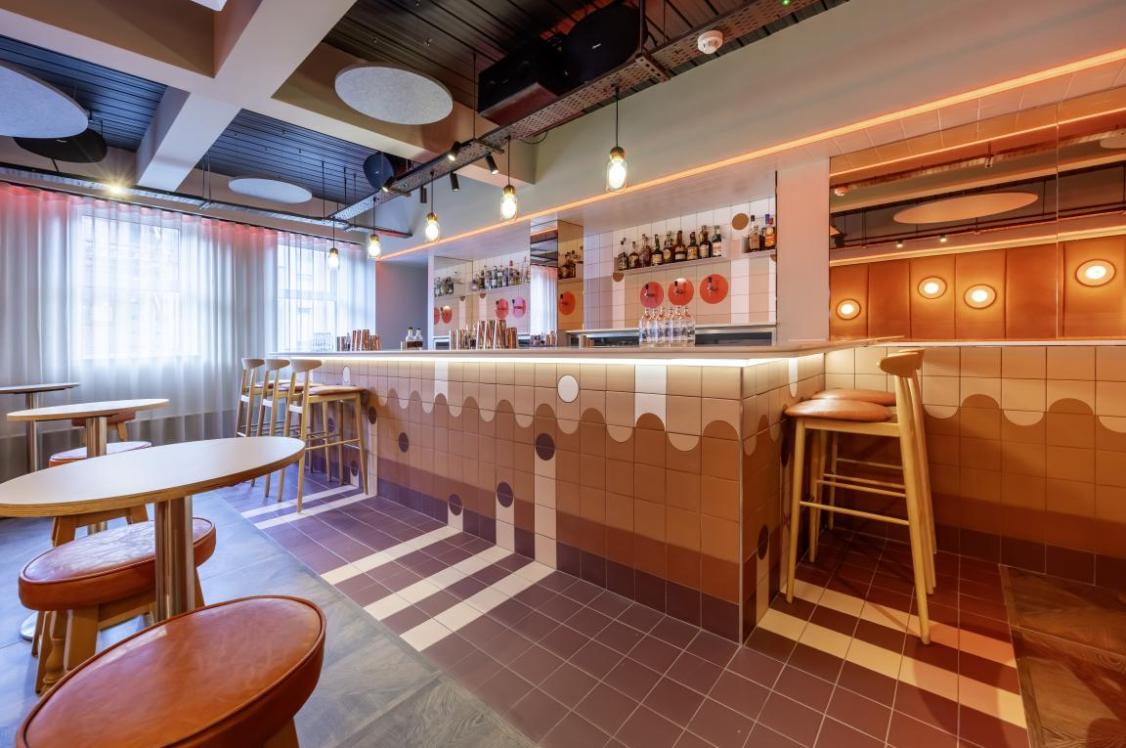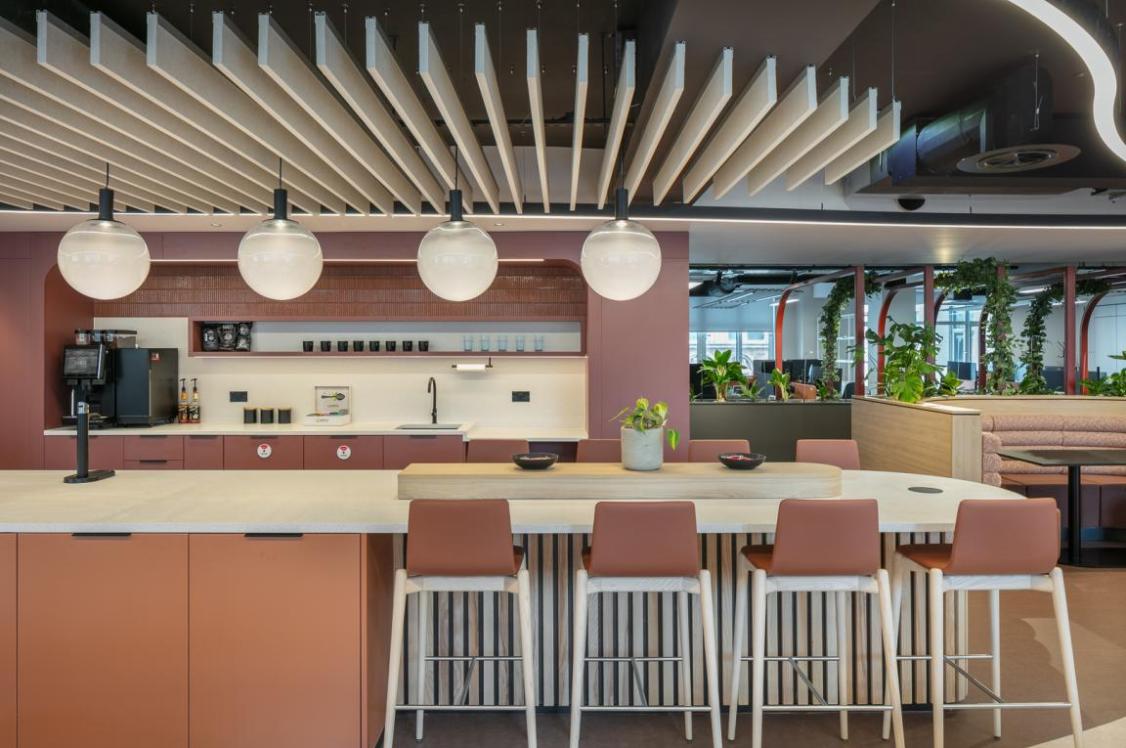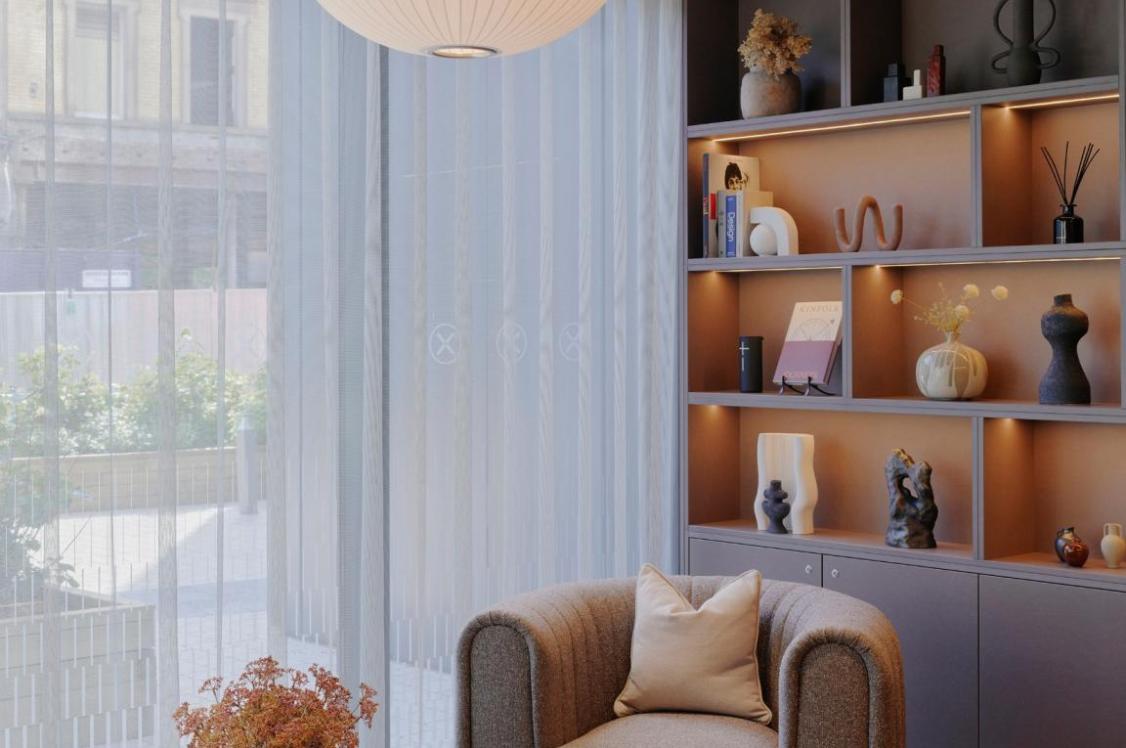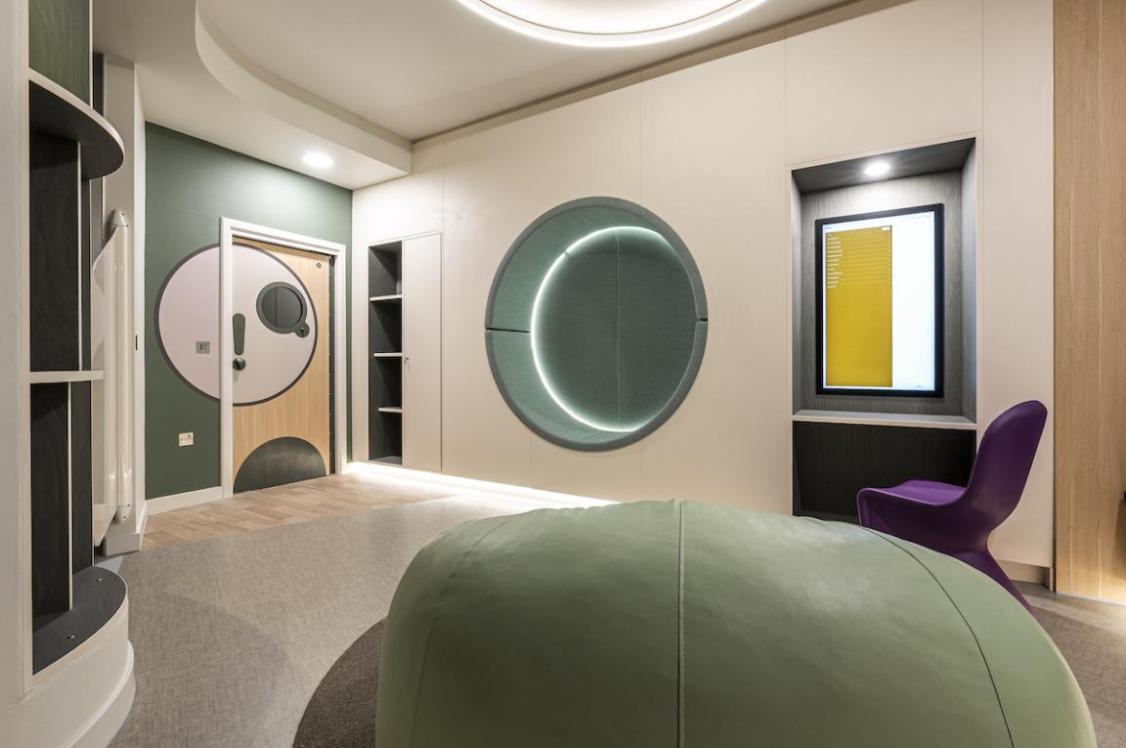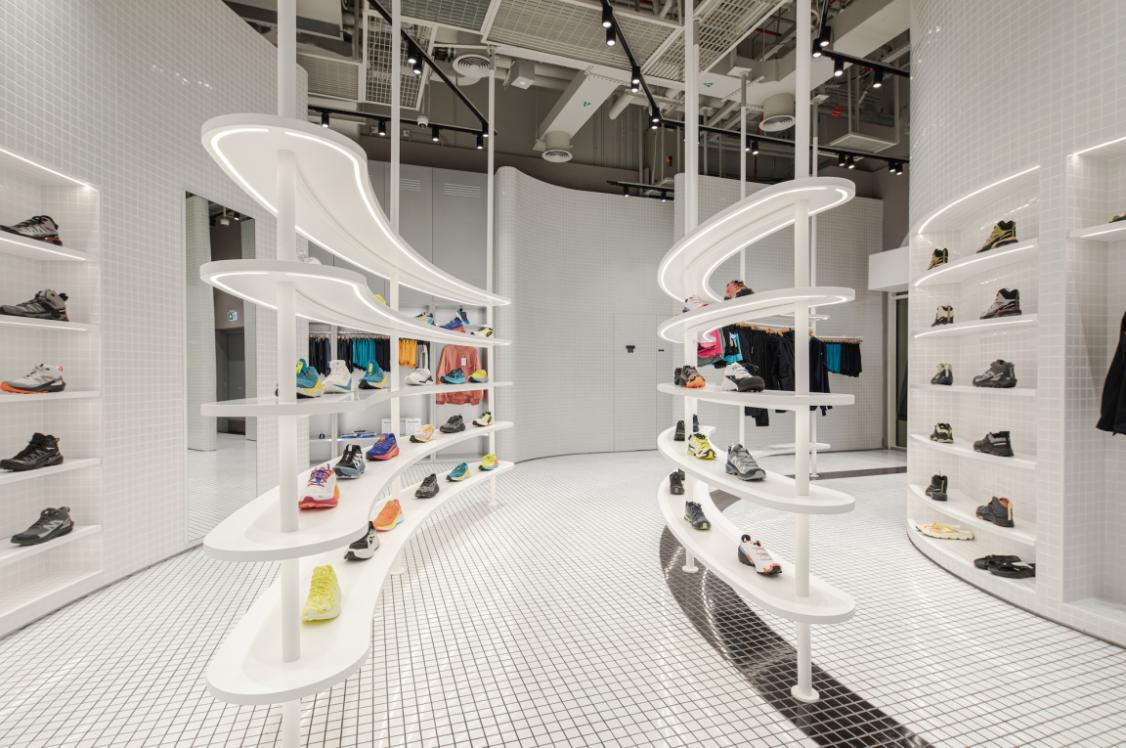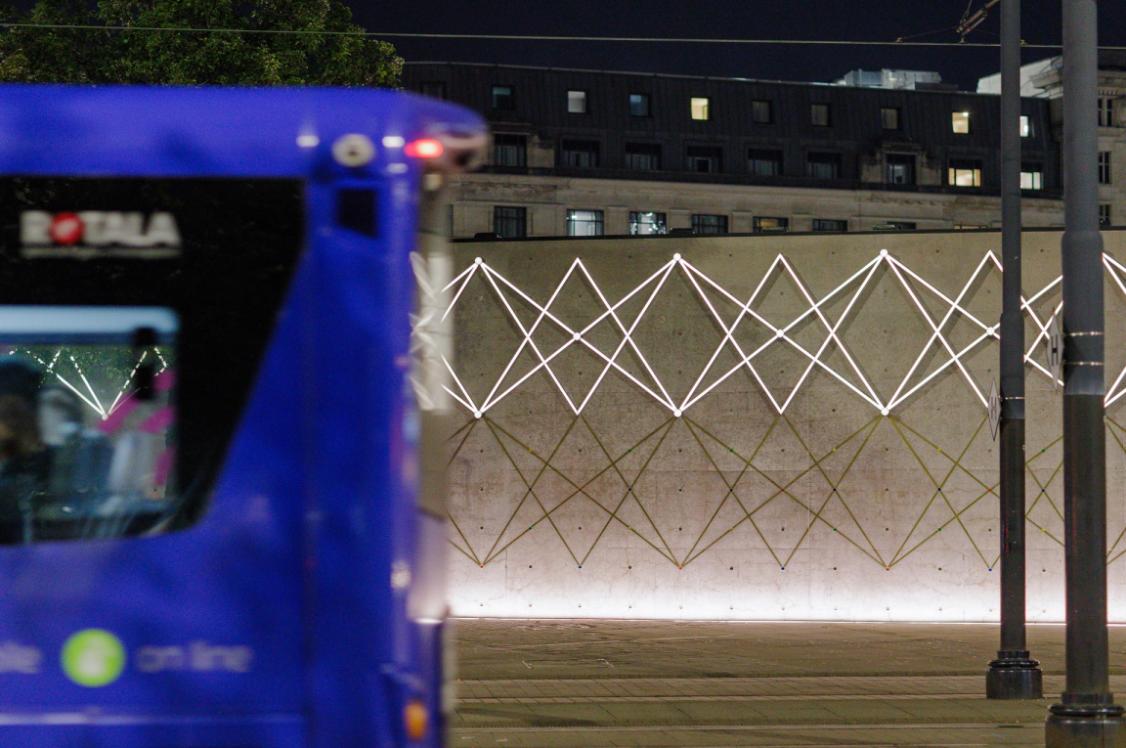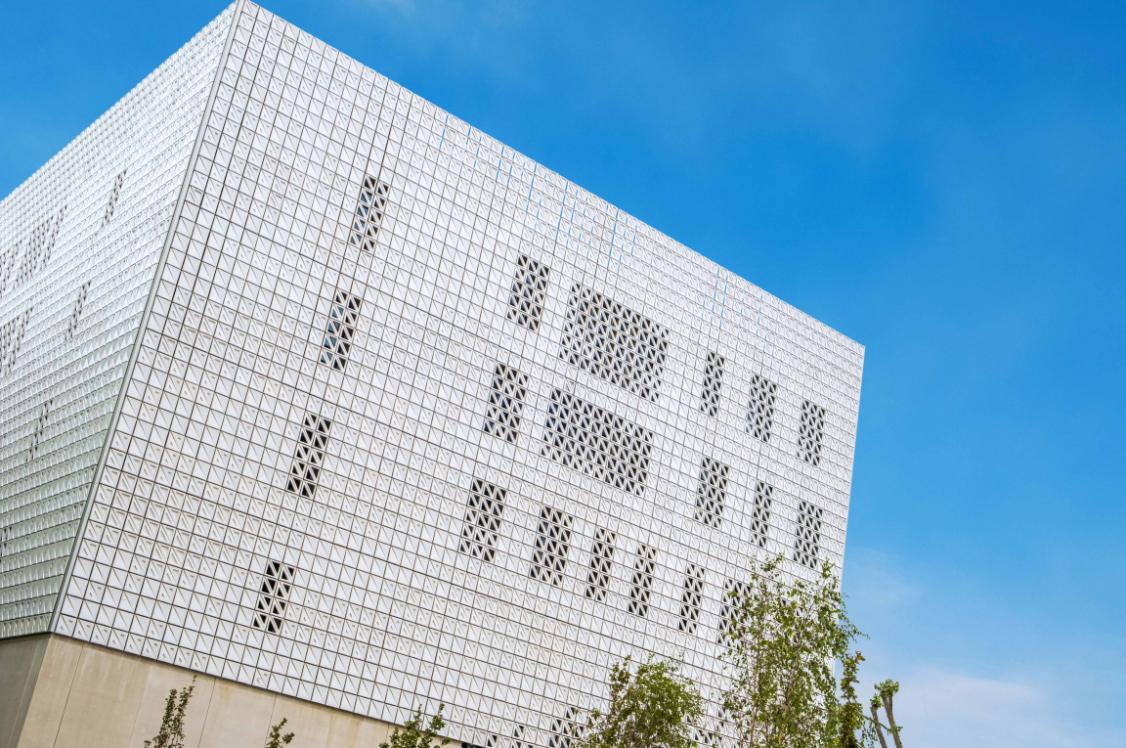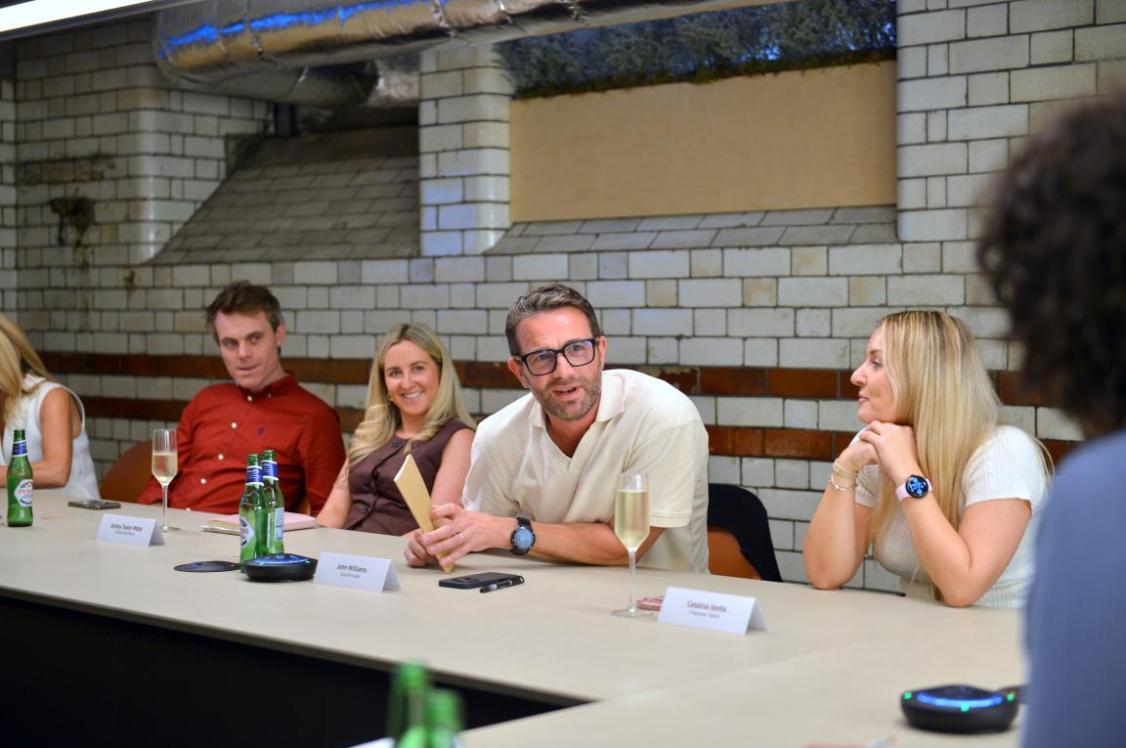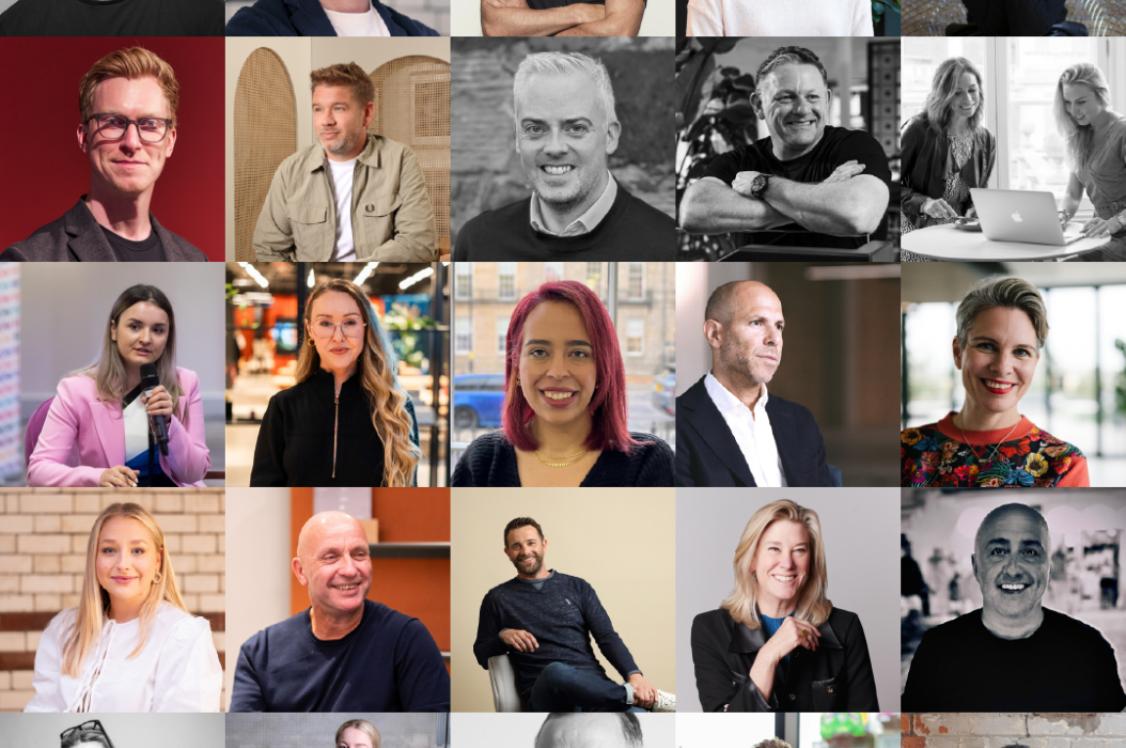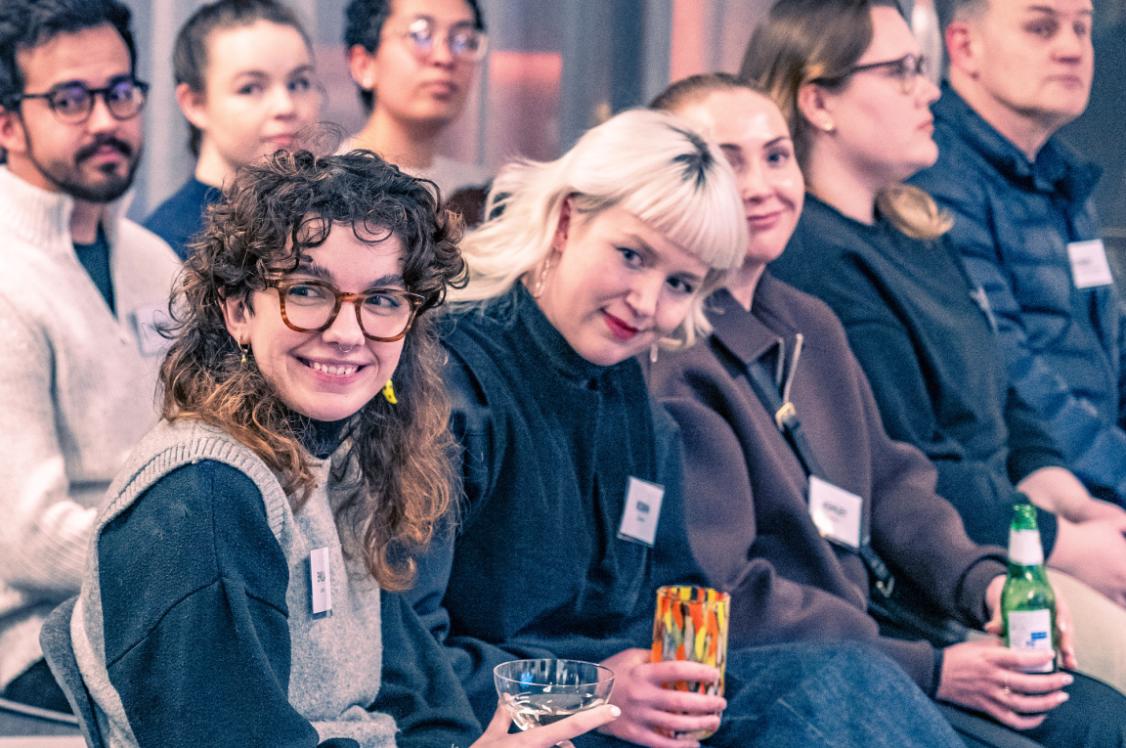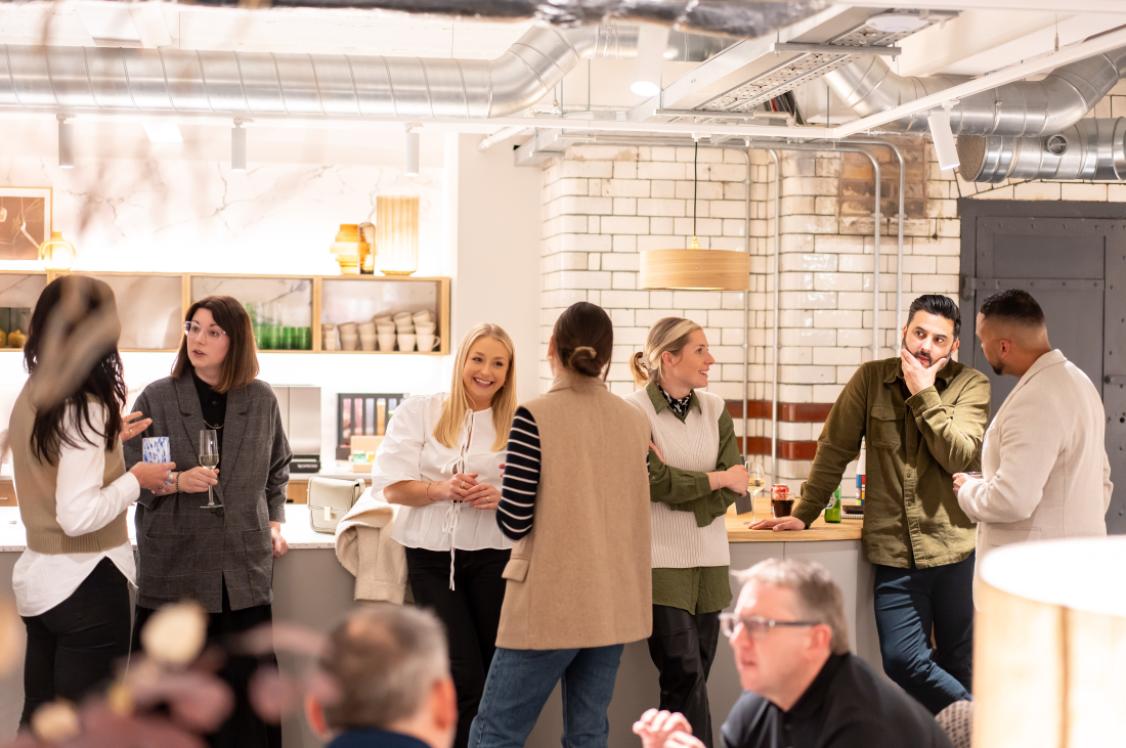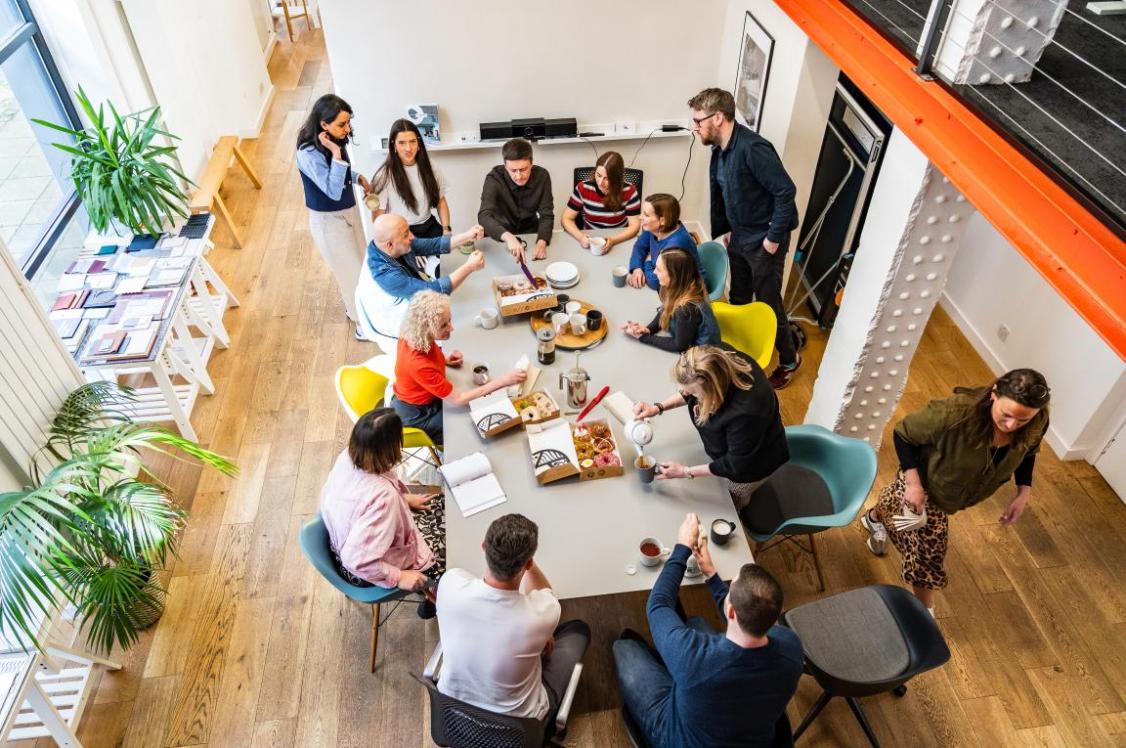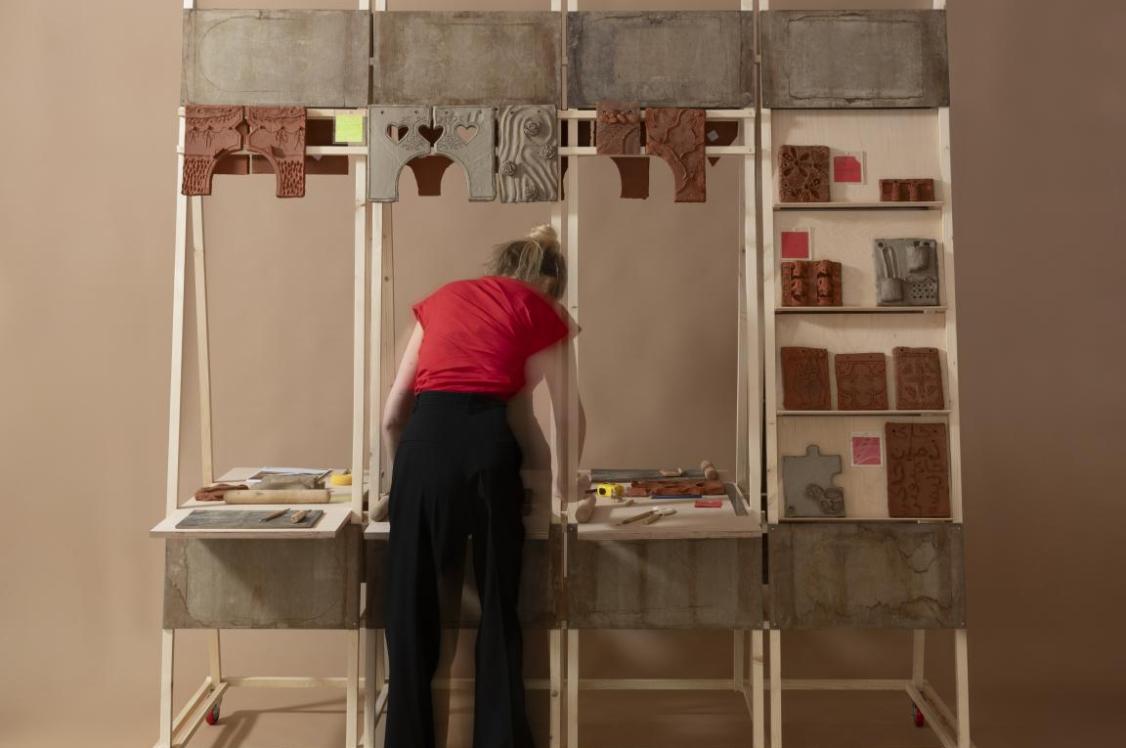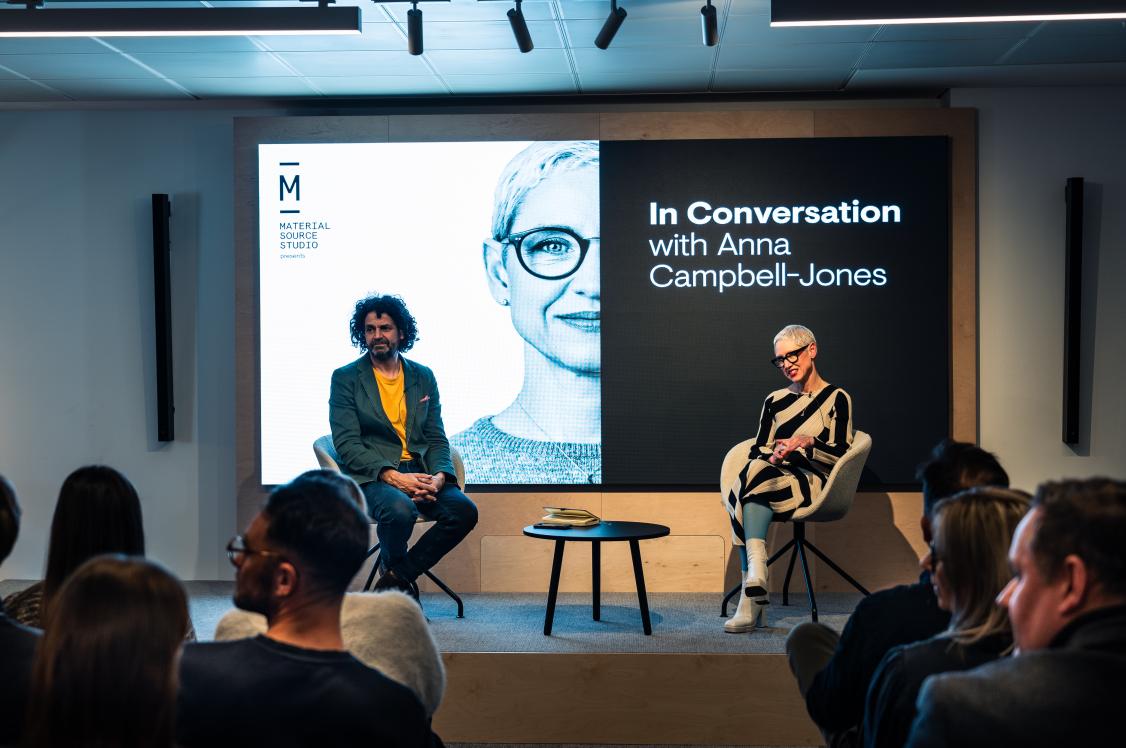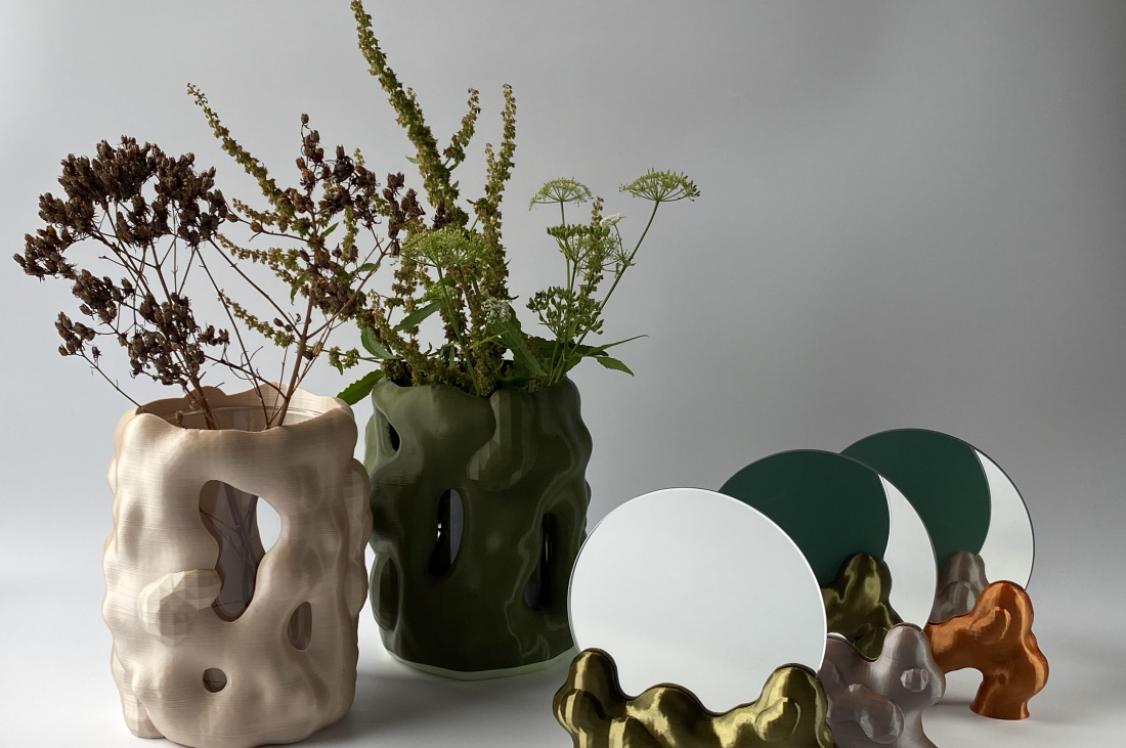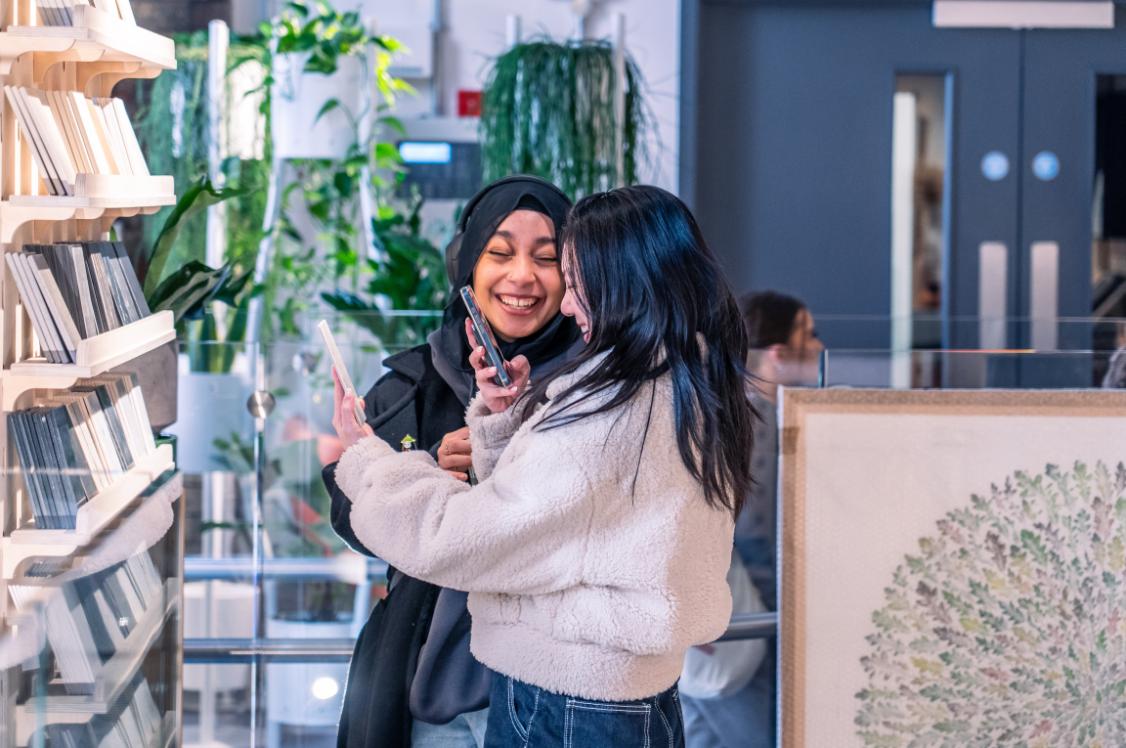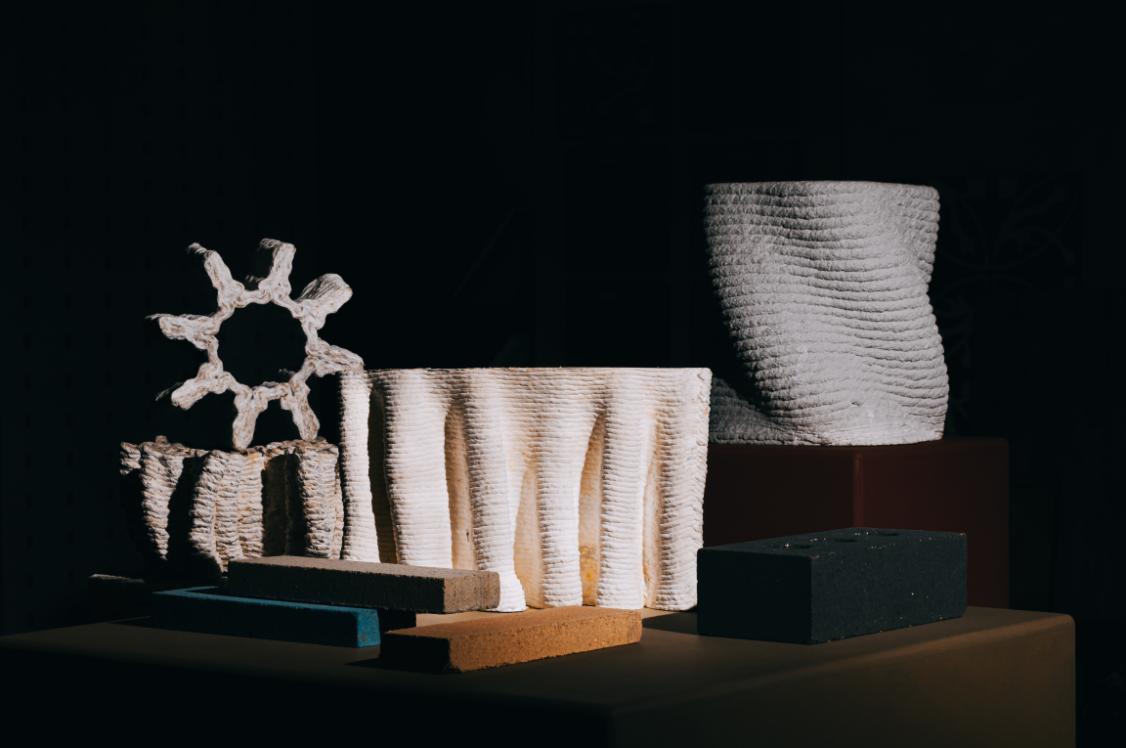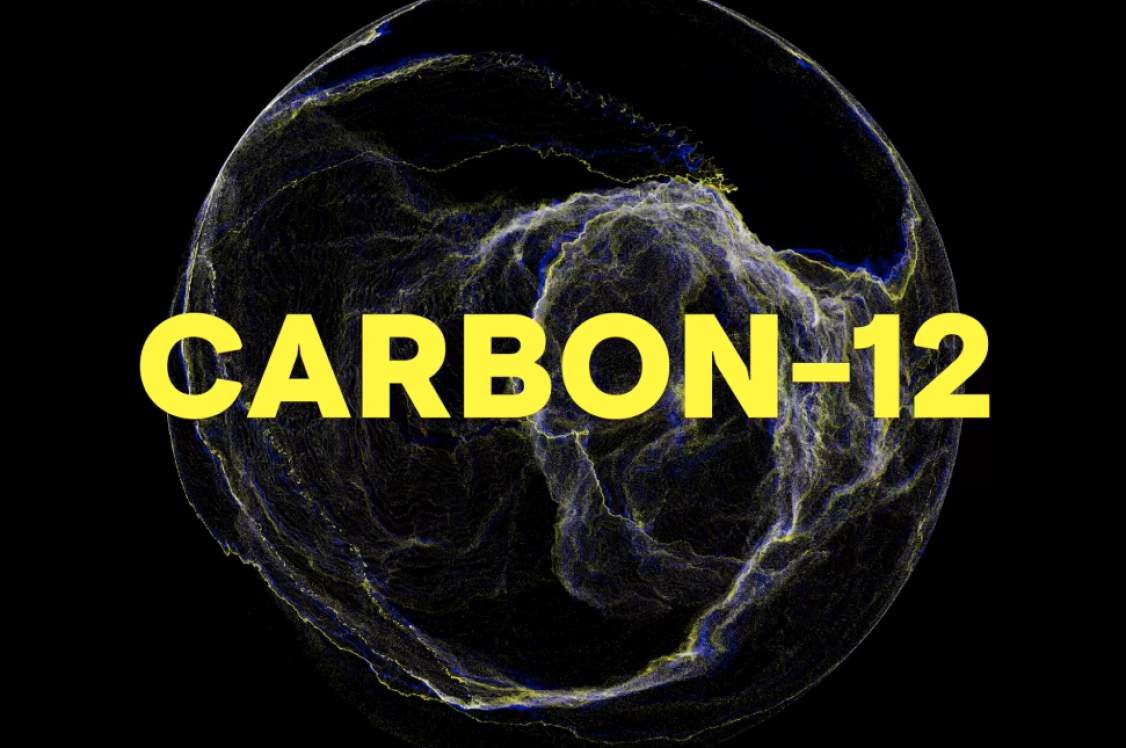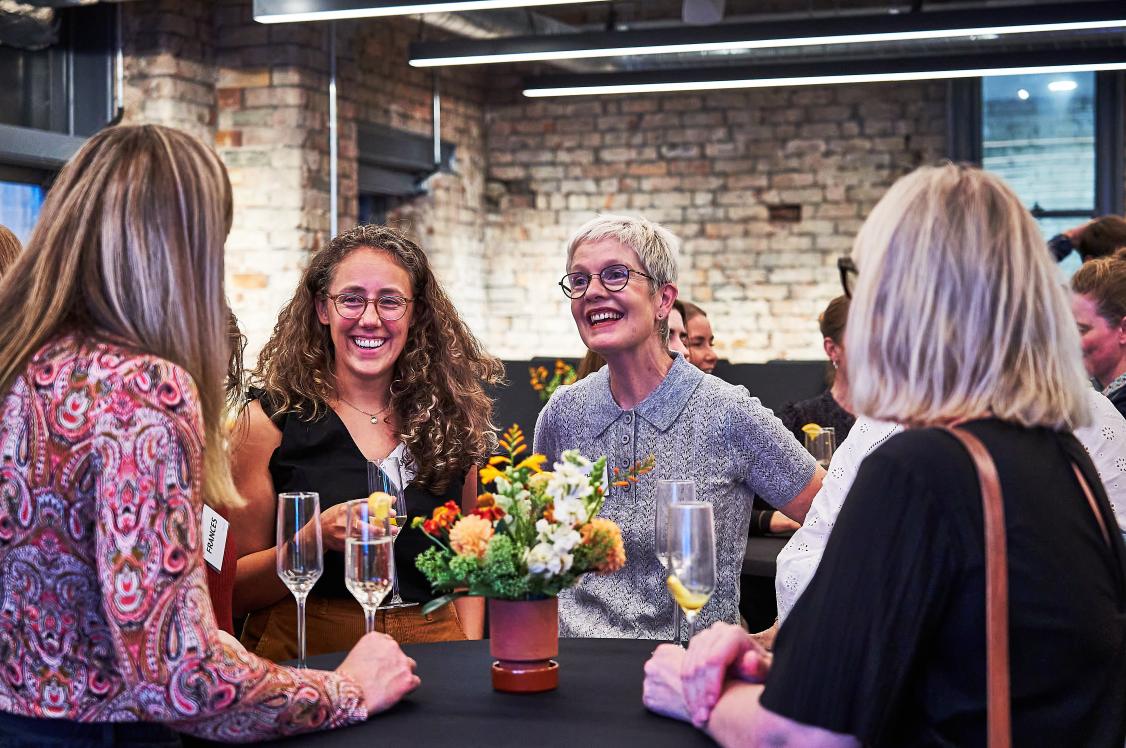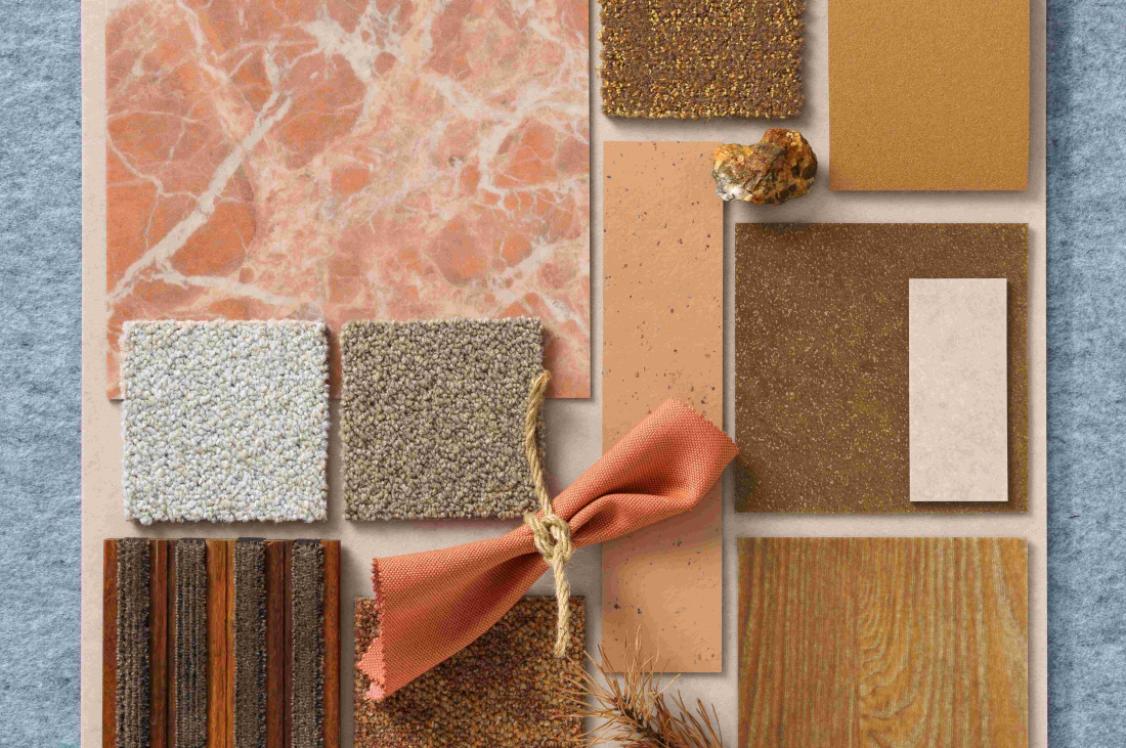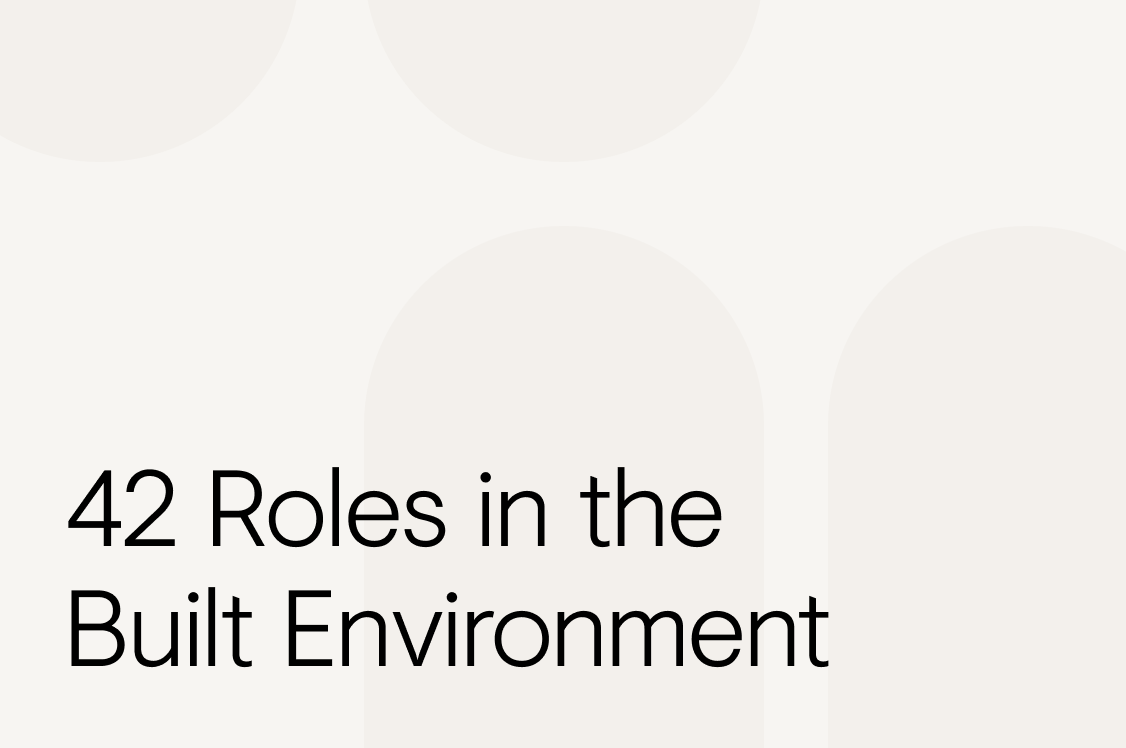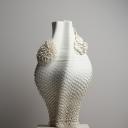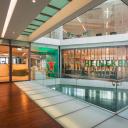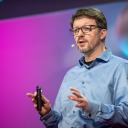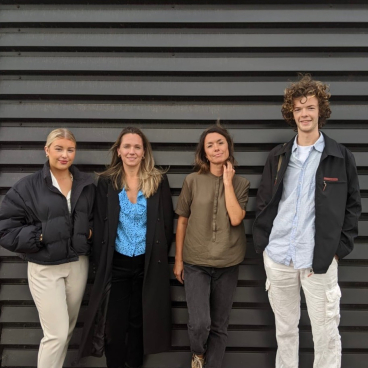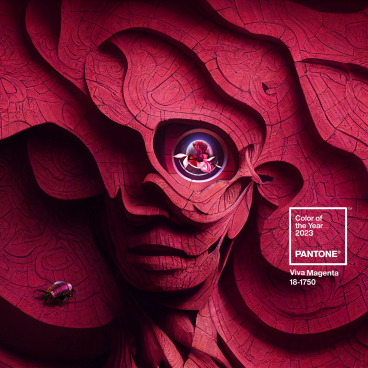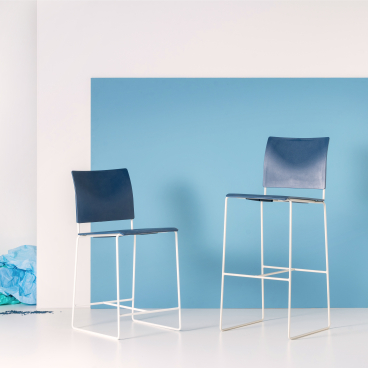How do you grow a building? You 3D print it.
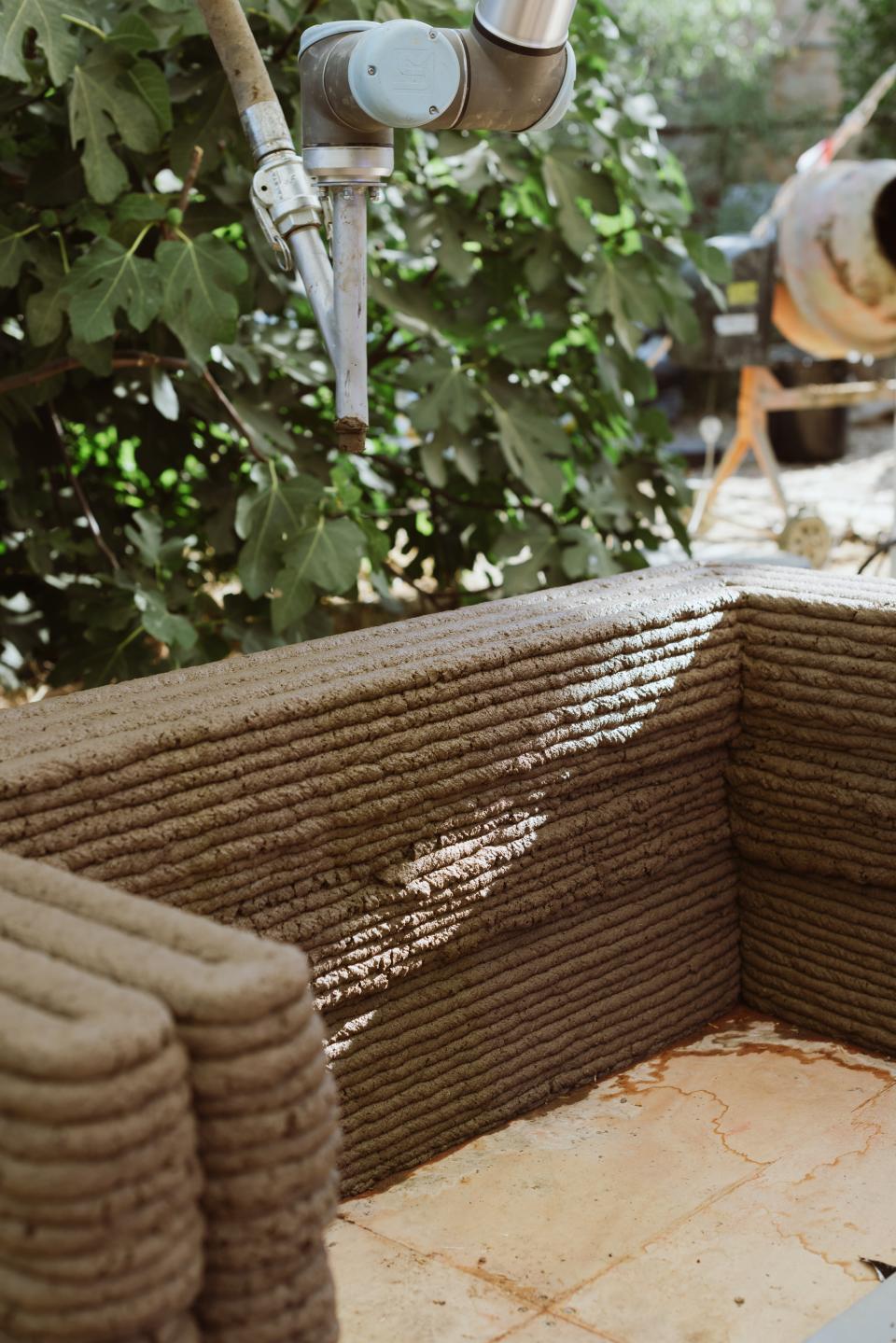
To Grow A Building at Jerusalem Design Week 2022 Image Credit Dor Kedmi
For the ‘To Grow a Building’ project at Jerusalem Design Week 2022, designers Elisheva Gillis, Gitit Linker, Danny Freedman, Noa Zermati, Adi Segal, Rebeca Partook and Nof Nathansohn imagined the possibility of a world in which buildings are 3D printed from organic materials.
In this outdoor performative lab space presented in the grounds of Hansen House and supported by Rogovin, a custom-made robotic arm built small structures using a mix of soil and seeds. Linked to the robot’s computer, each structural design was built by the robotic arm in a methodical, almost mesmerising, manner. Upon completion, structures then adapt a life of their own: the seeds sprout, covering the soil with lush vegetation, and roots take hold within.
Instead of buildings made of concrete and steel, the project suggests an architecture that uses local soil and roots as structural elements. As the world faces an ecological crisis, the use of industrial and non-local resources is only increasing. To Grow a Building presents a new approach of integrating flora into the design process, by developing a novel material for 3D printing, through which seeding is an inseparable part of the fabrication process.
The eleventh edition of Jerusalem Design Week welcomed more than 40,000 eager visitors to the Hansen House Center for Design, Media and Technology. Israel’s foremost design event, Jerusalem Design Week showcased an eclectic mix of exhibitions, installations, and projects, from over 150 Israeli and international designers.
Created specially for this year's theme ‘For Now’, work by invited designers explored both the ephemerality of design and the design of ephemerality. JDW examined ways in which time can be harnessed to bring about a positive effect in periods of uncertainty.
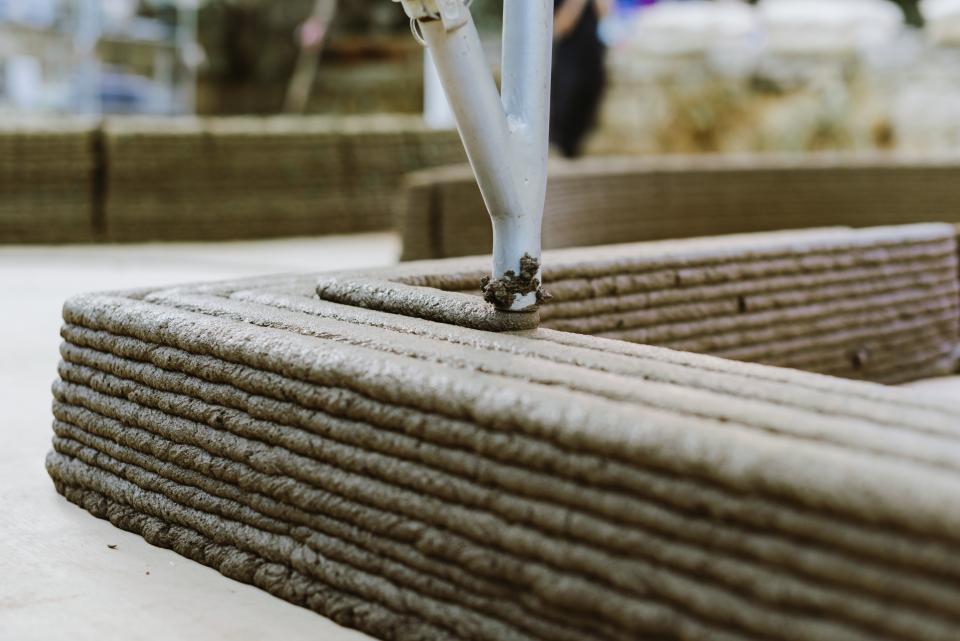
To Grow A Building at Jerusalem Design Week 2022 Image Credit Dor Kedmi
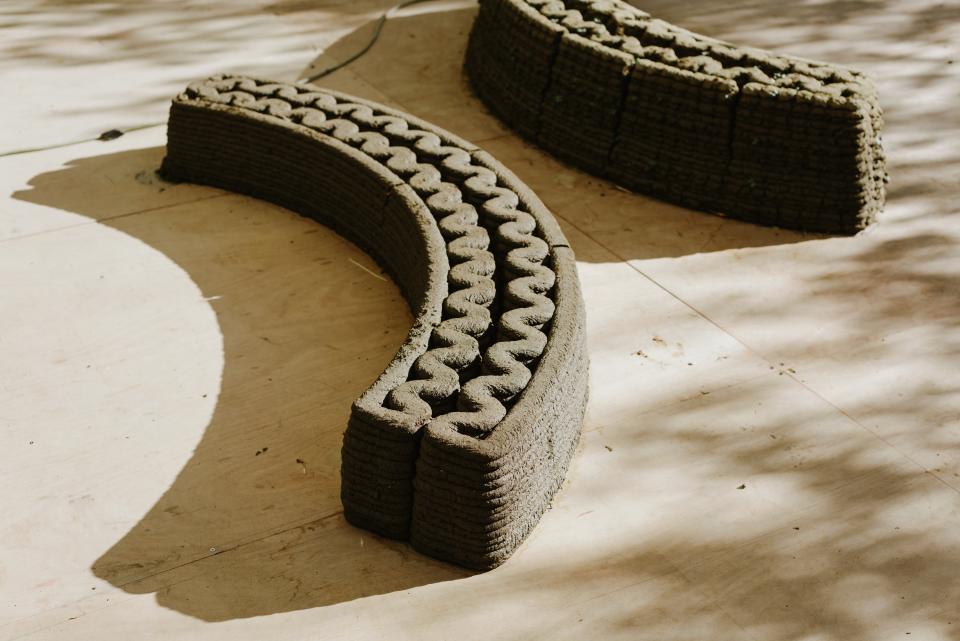
To Grow A Building at Jerusalem Design Week 2022 Image Credit Dor Kedmi
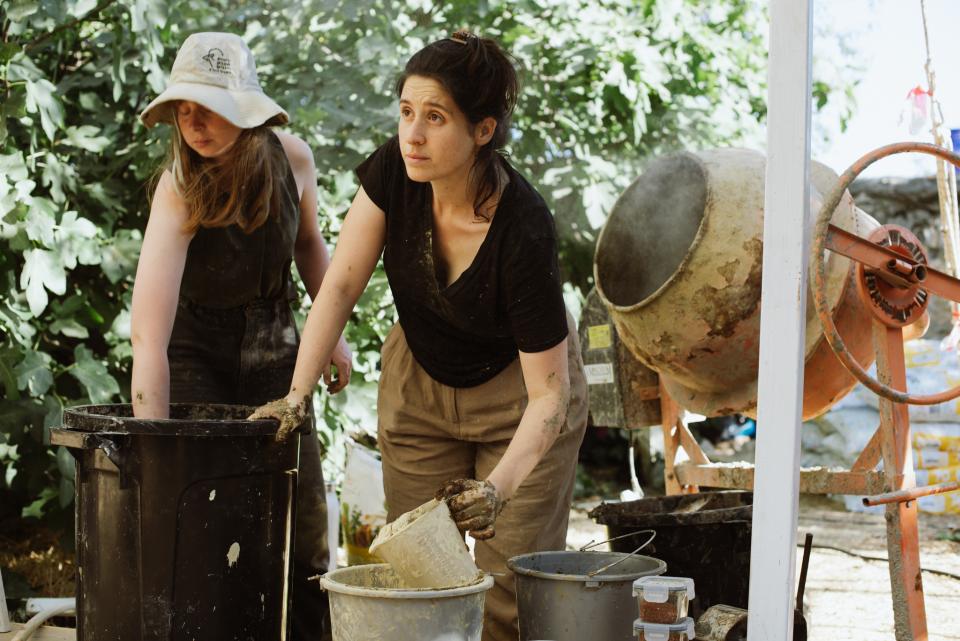
To Grow A Building at Jerusalem Design Week 2022 Image Credit Dor Kedmi
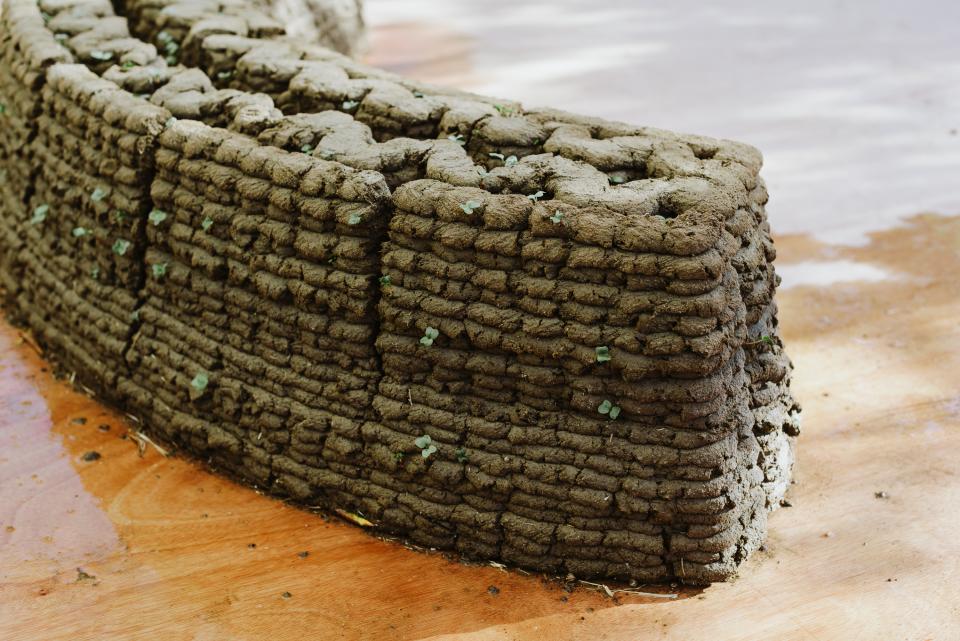
To Grow A Building at Jerusalem Design Week 2022 Image Credit Dor Kedmi
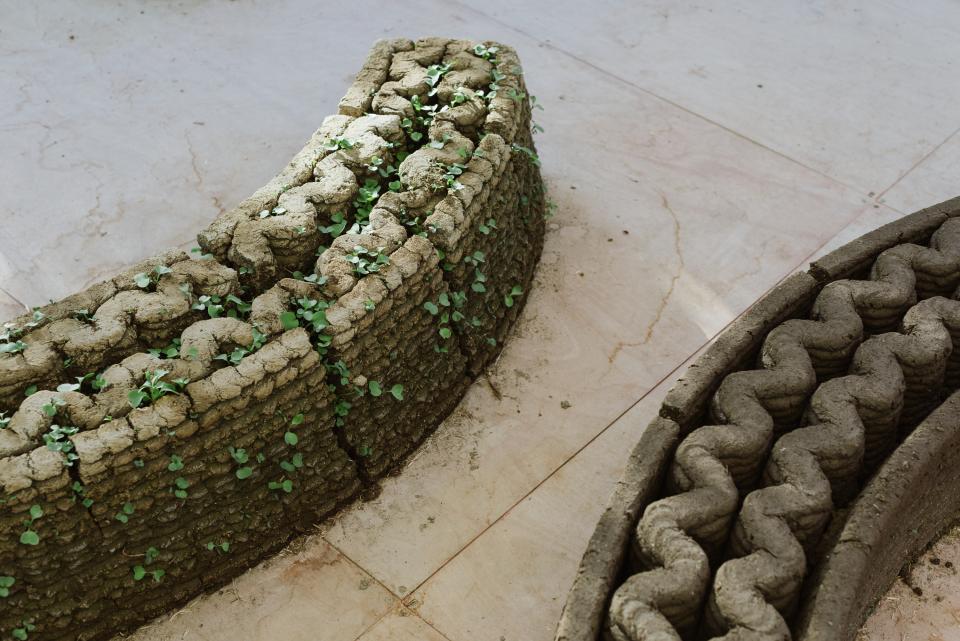
To Grow A Building at Jerusalem Design Week 2022 Image Credit Dor Kedmi
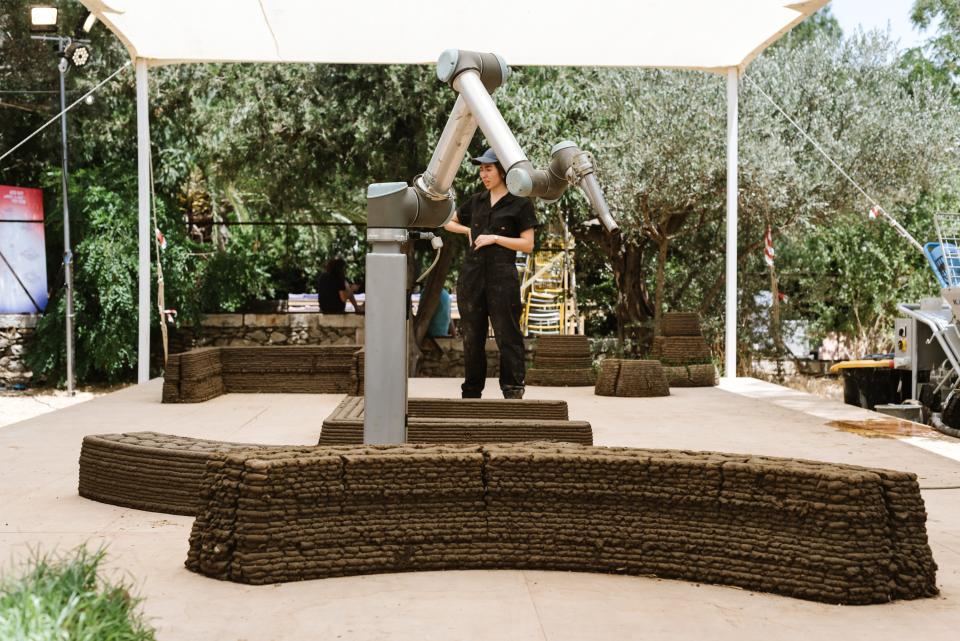
To Grow A Building at Jerusalem Design Week 2022 Image Credit Dor Kedmi
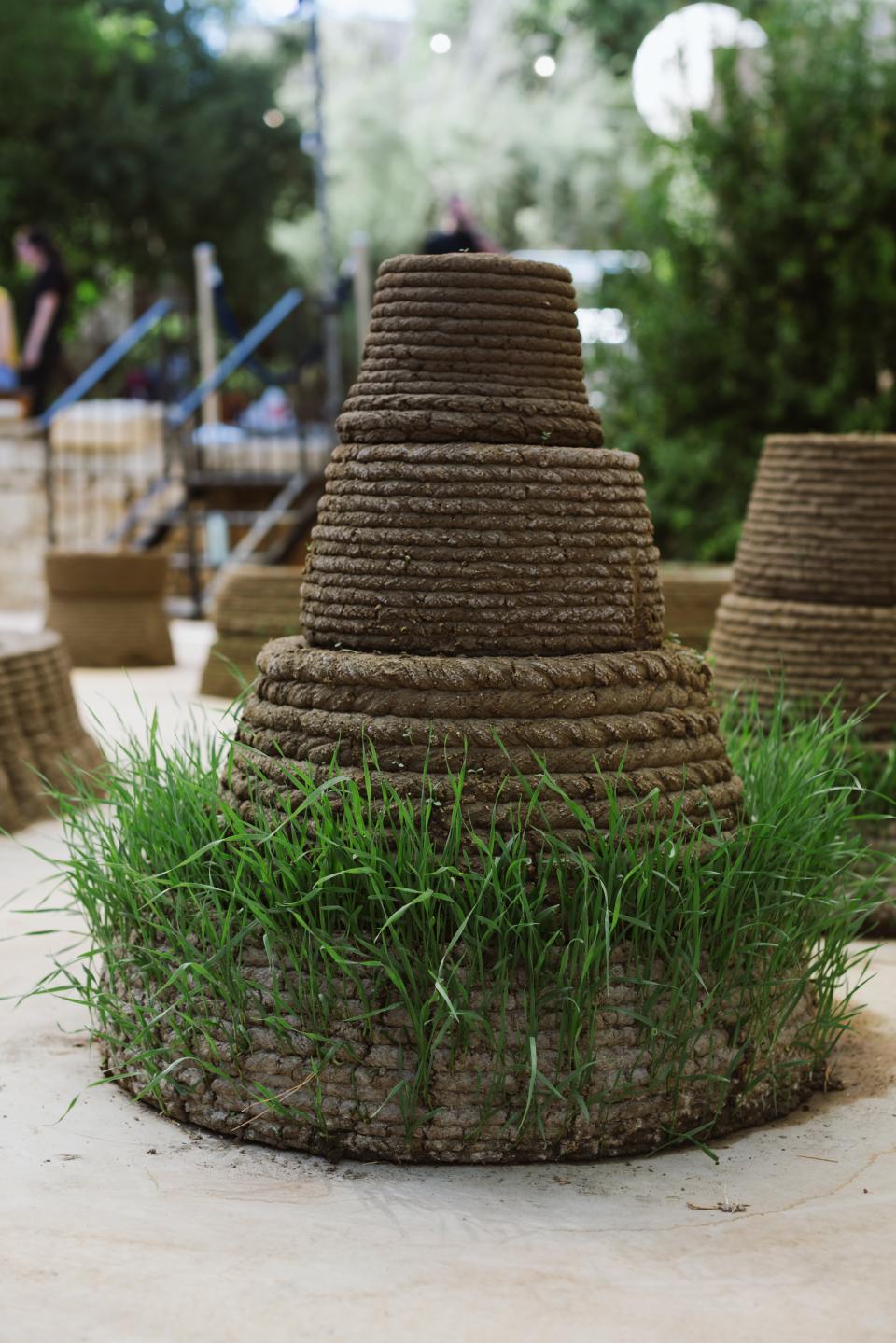
To Grow A Building at Jerusalem Design Week 2022 Image Credit Dor Kedmi
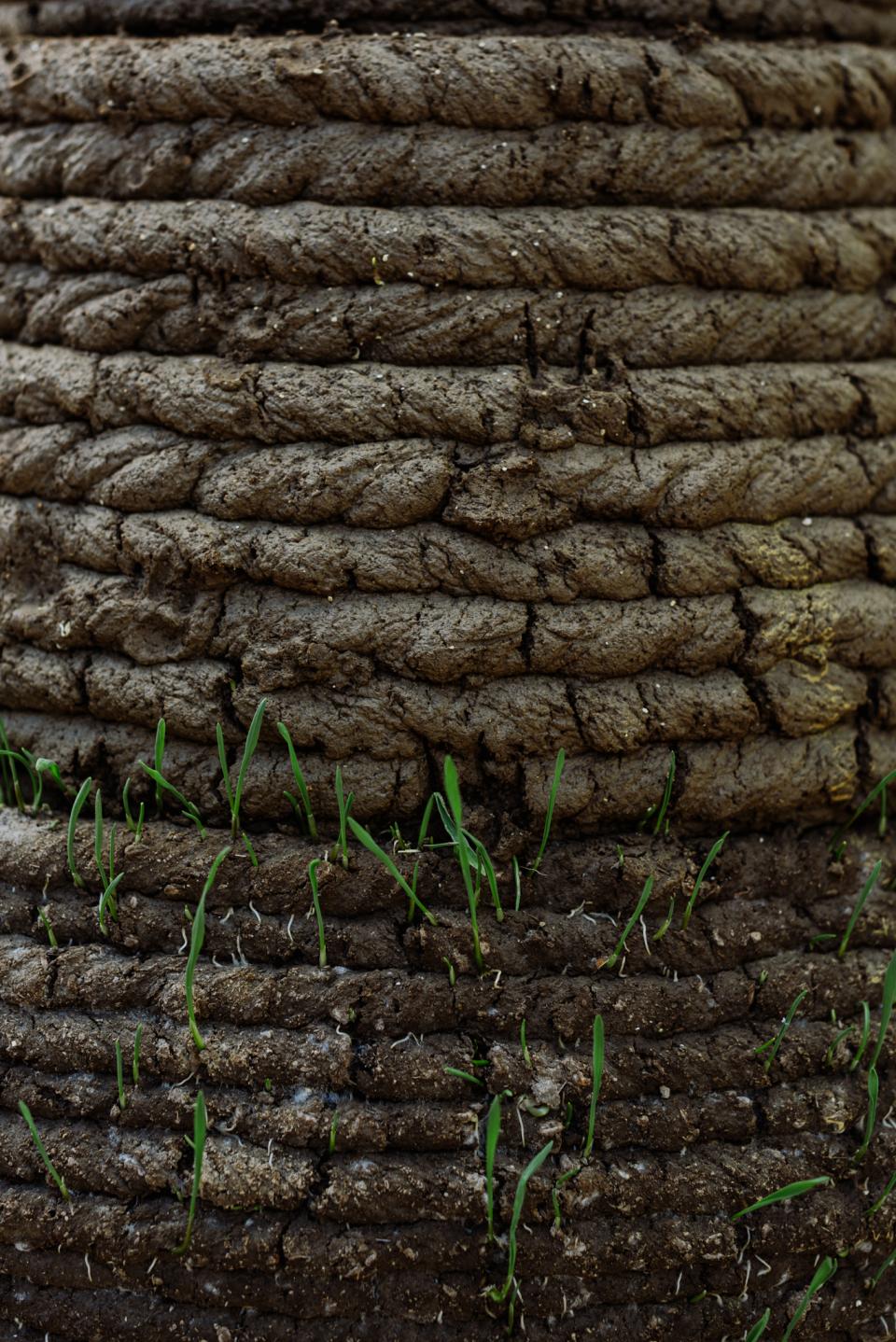
To Grow A Building at Jerusalem Design Week 2022 Image Credit Dor Kedmi
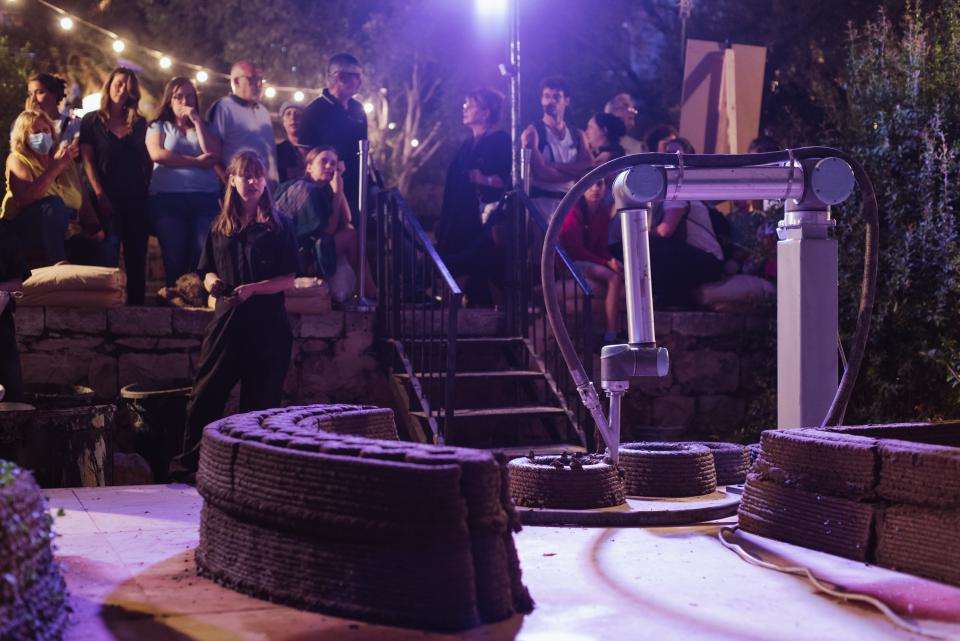
To Grow A Building at Jerusalem Design Week 2022 Image Credit Dor Kedmi
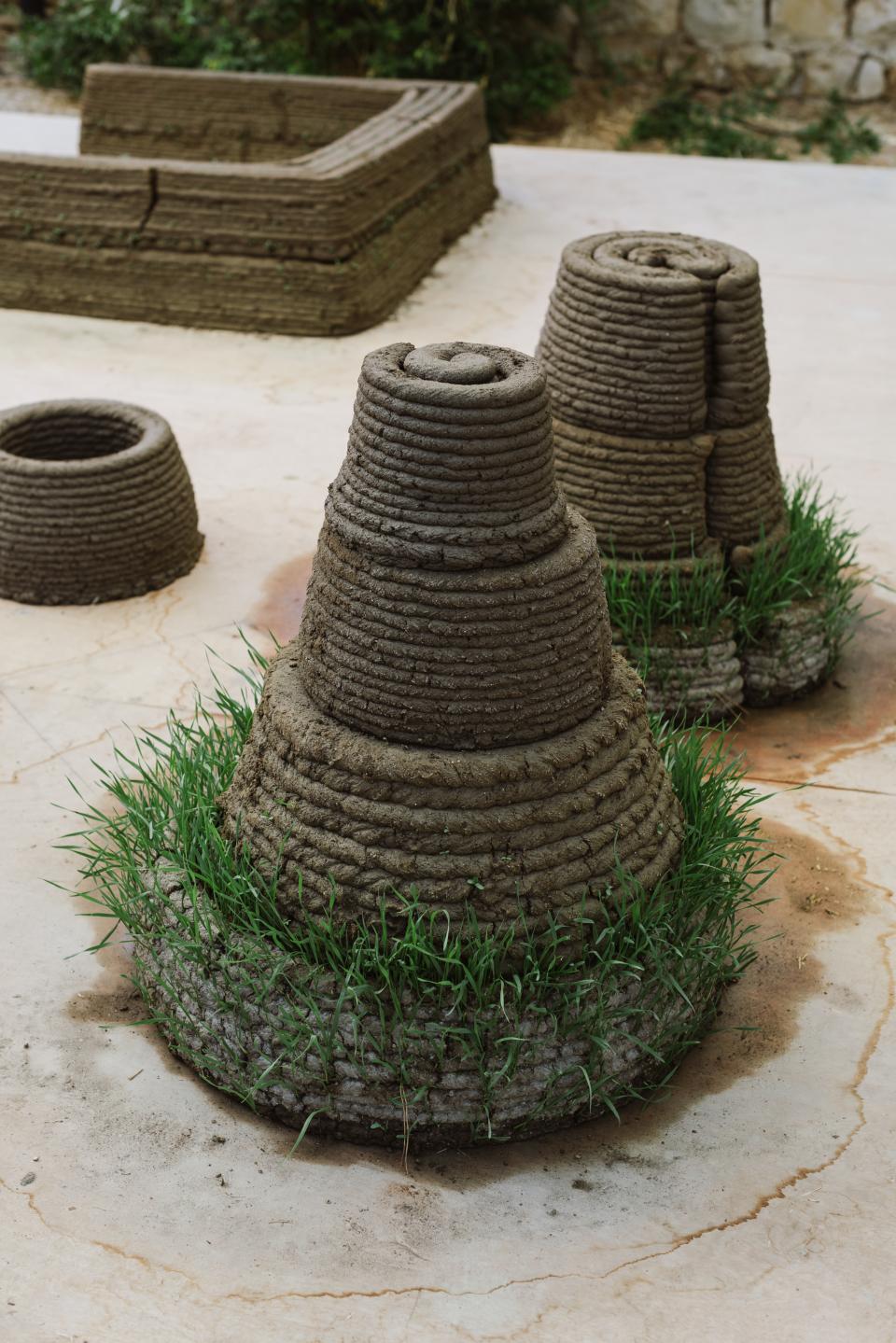
To Grow A Building at Jerusalem Design Week 2022 Image Credit Dor Kedmi


